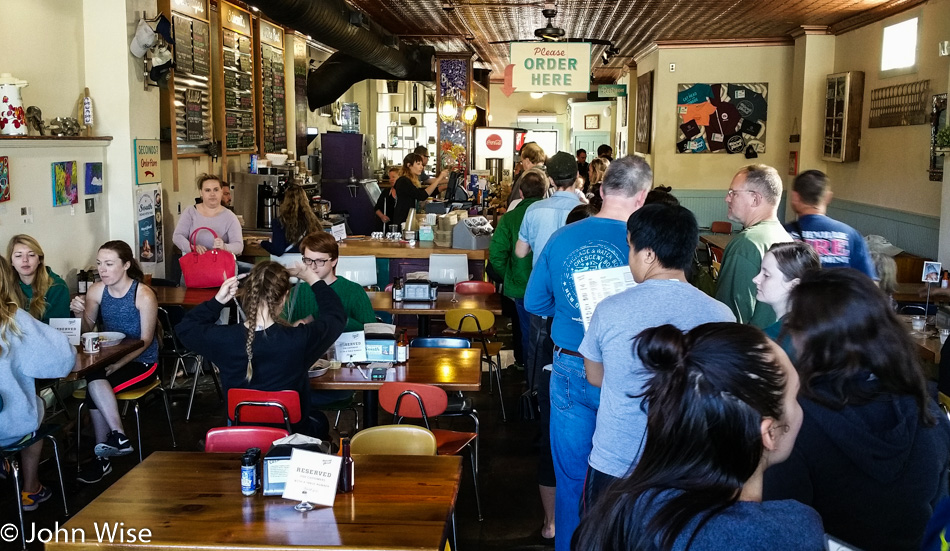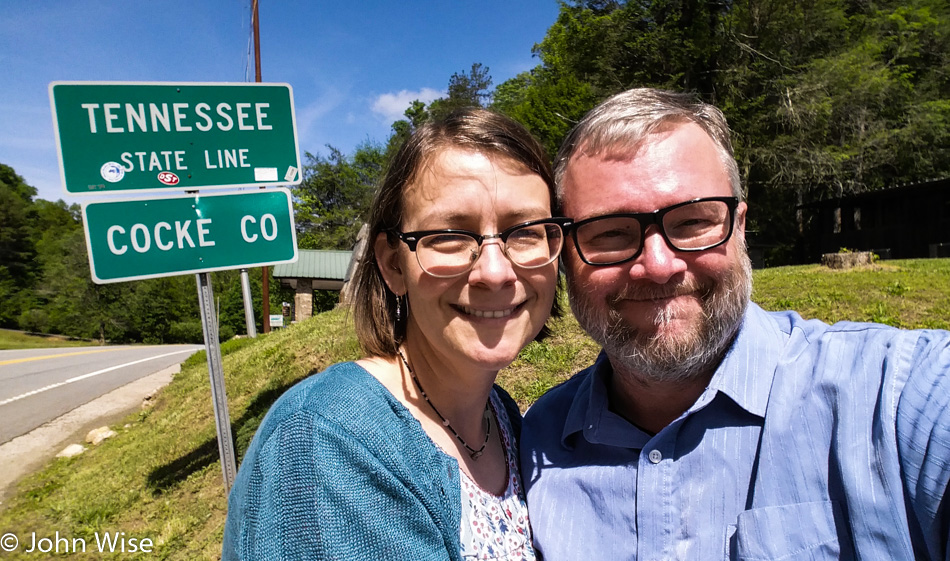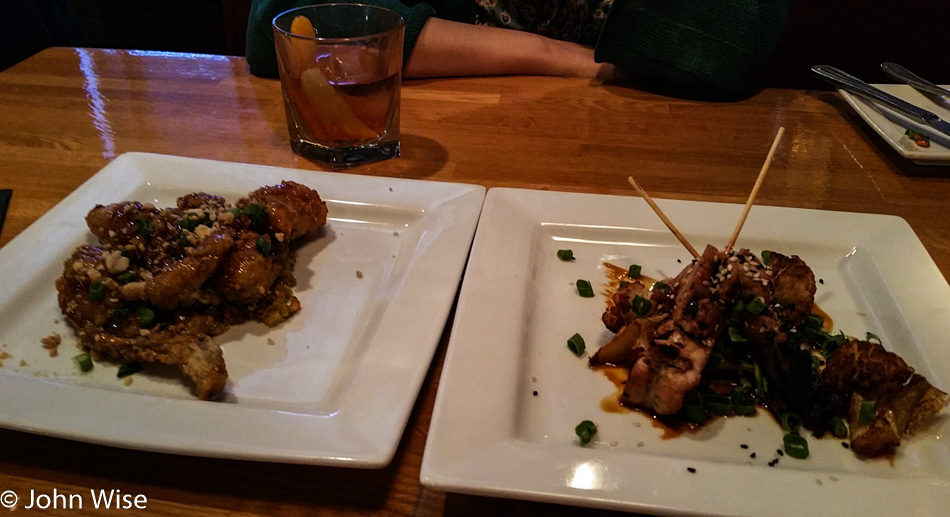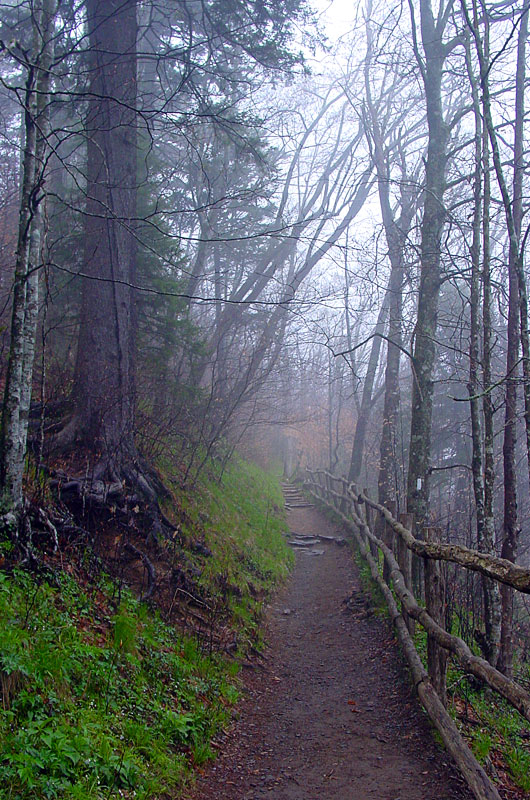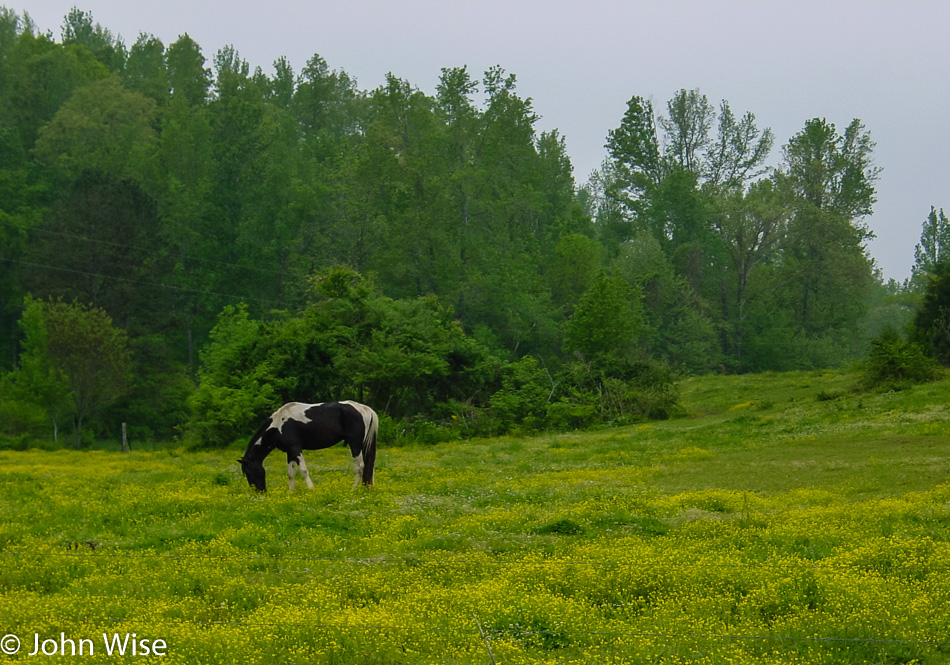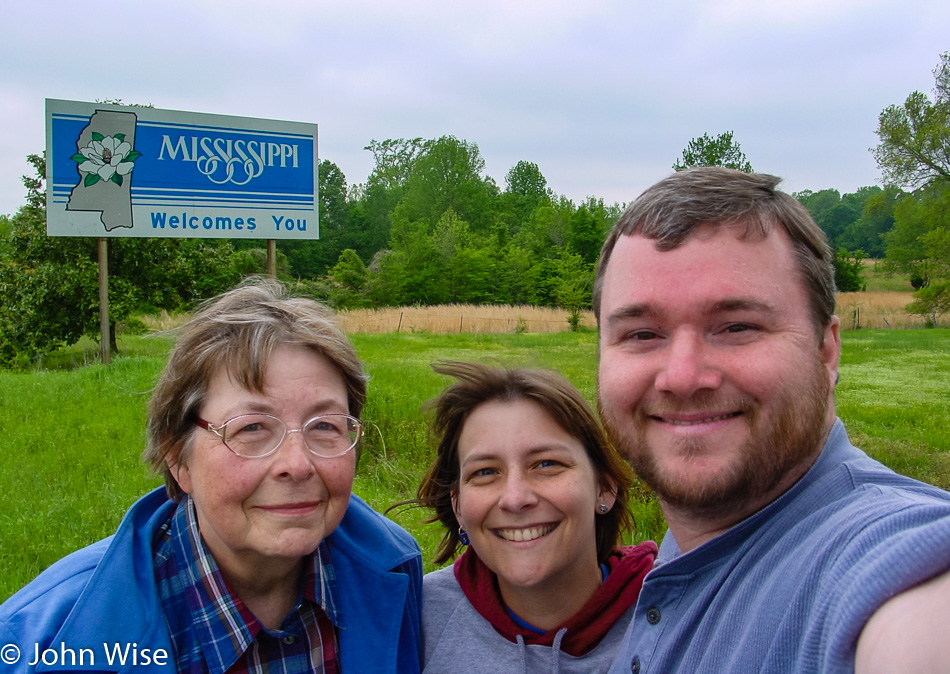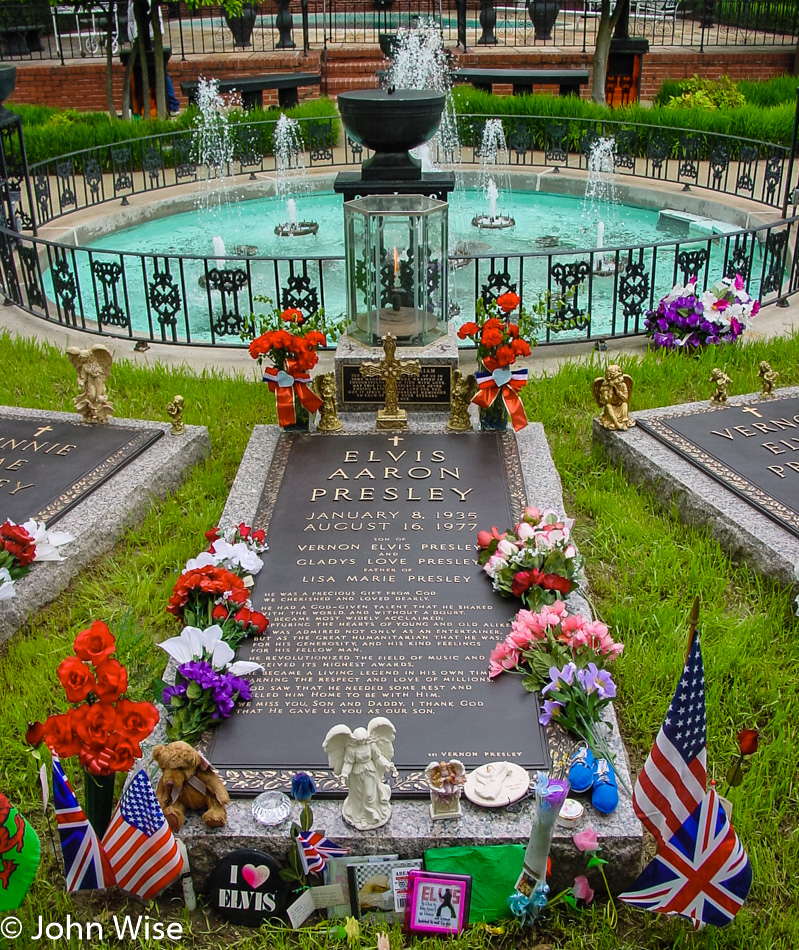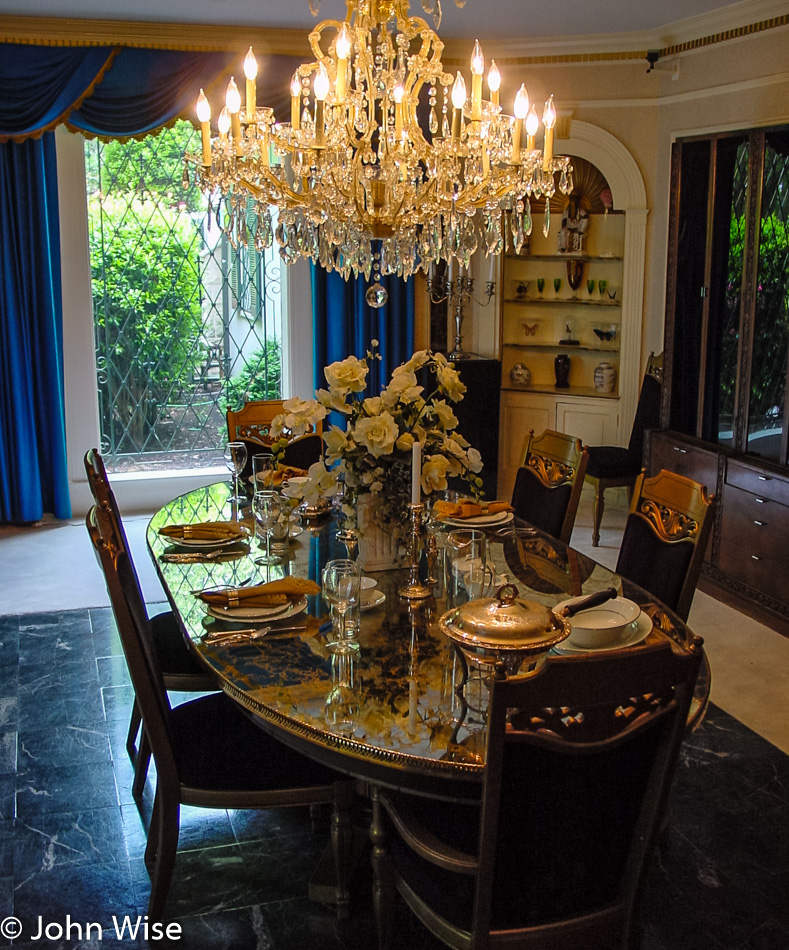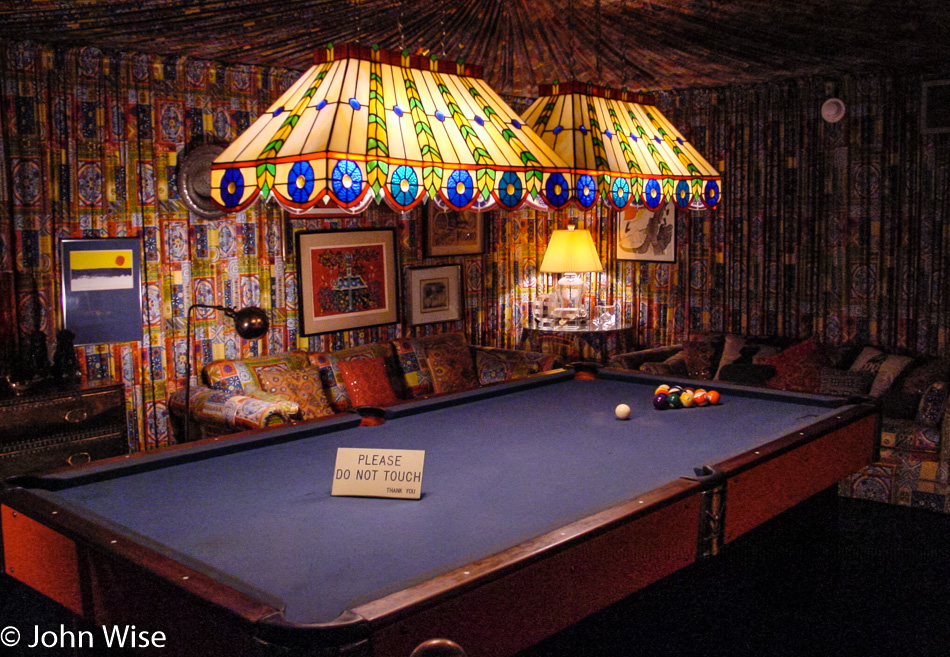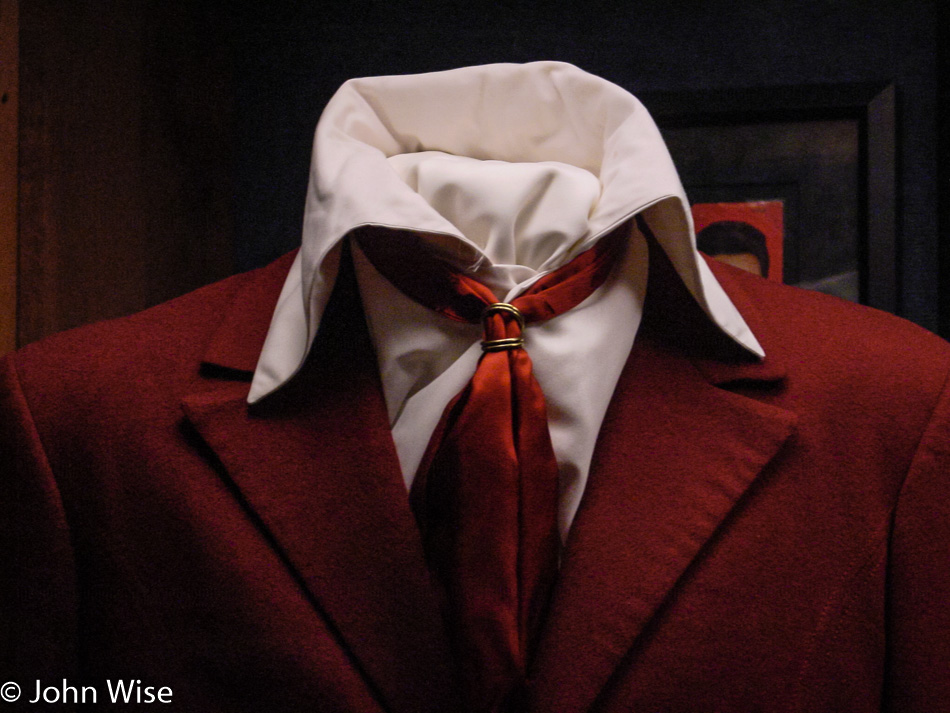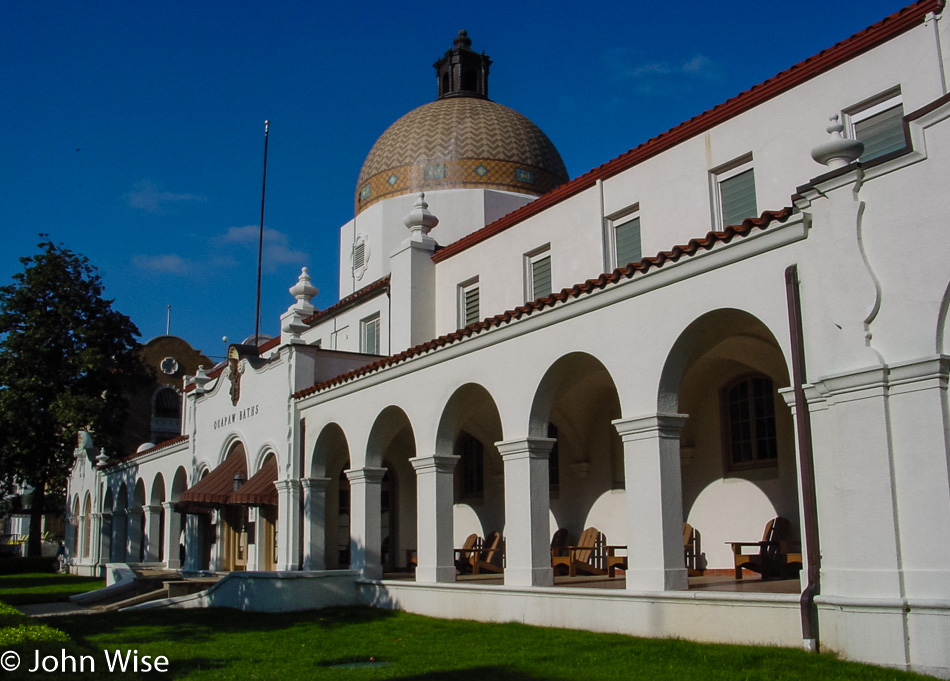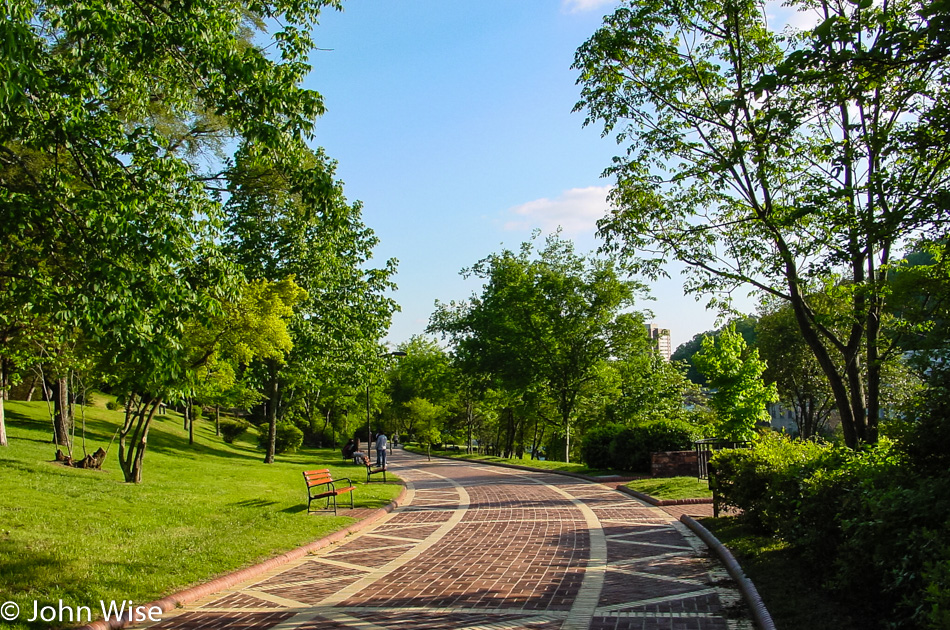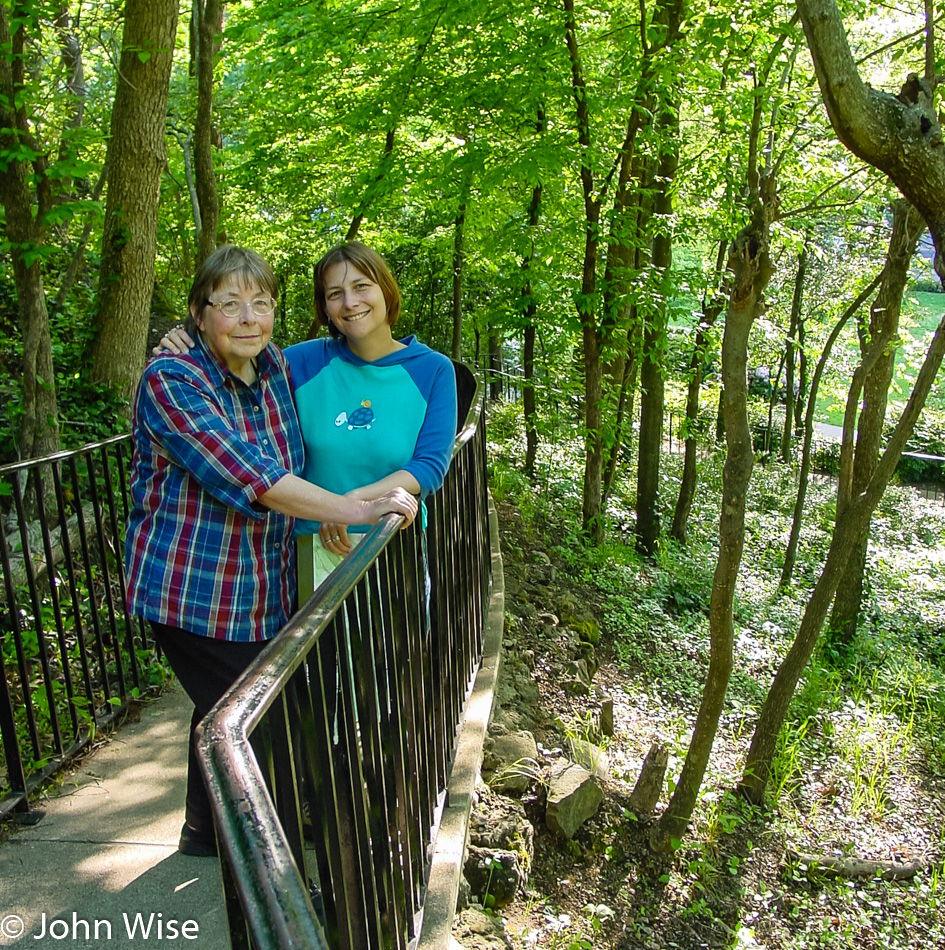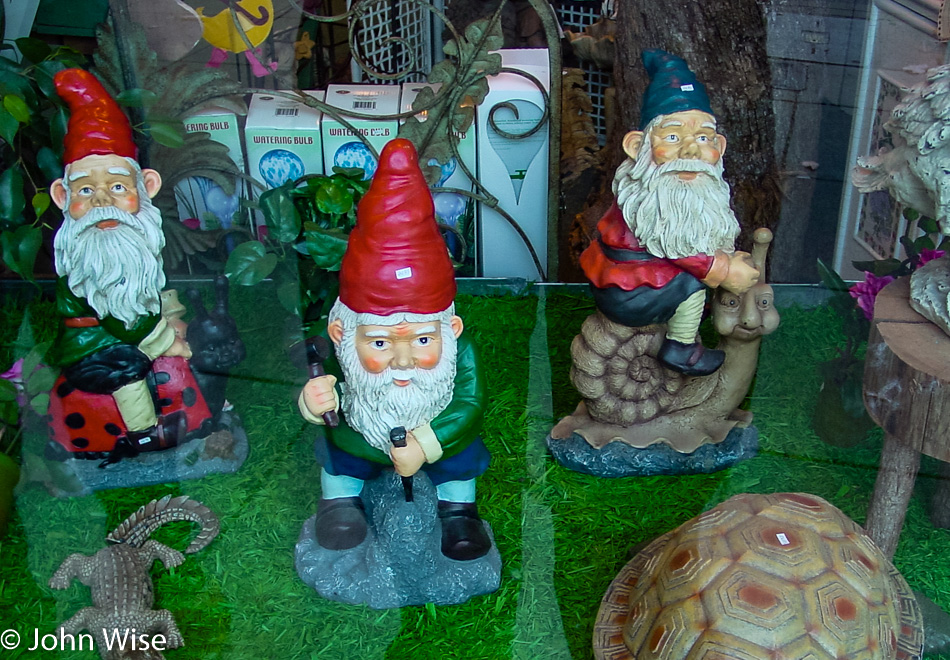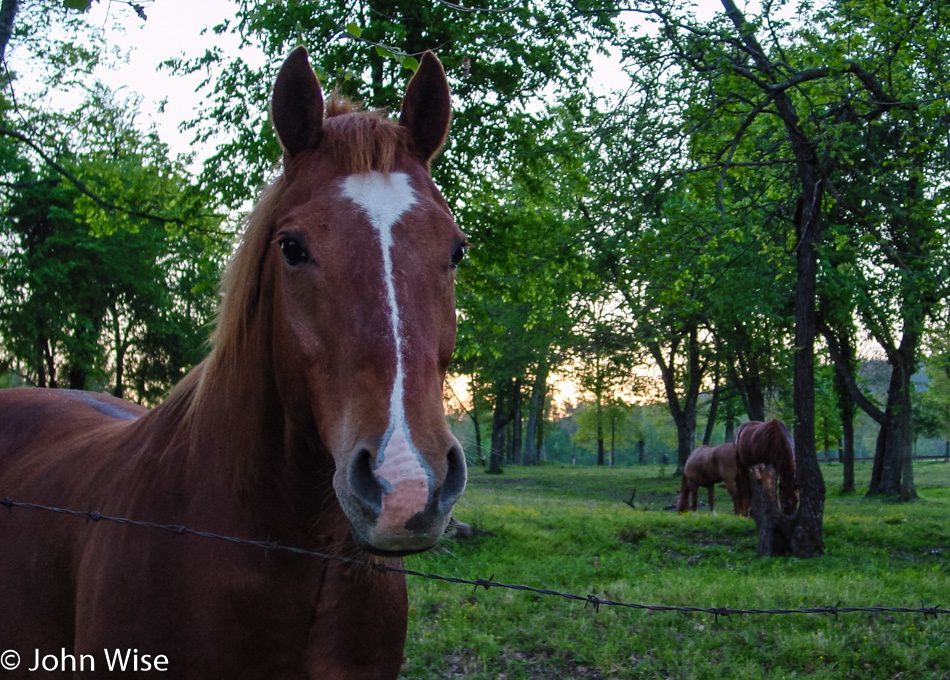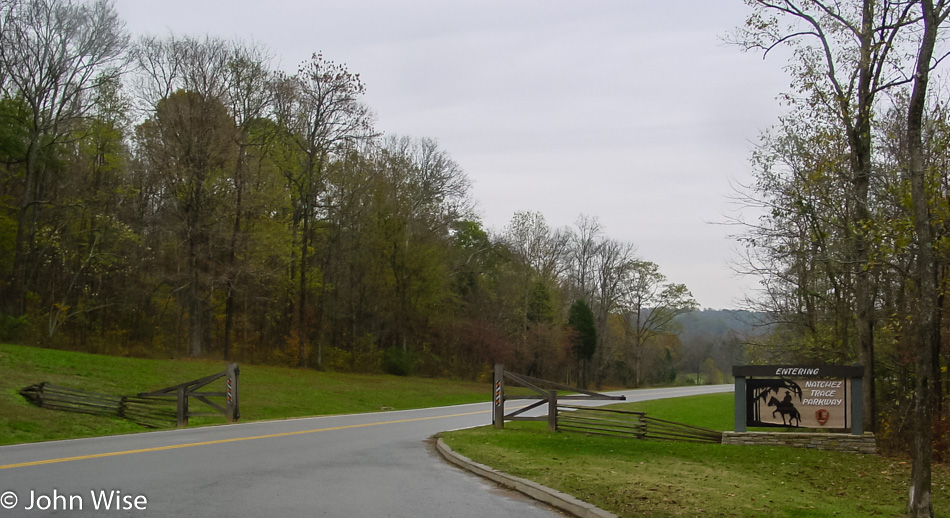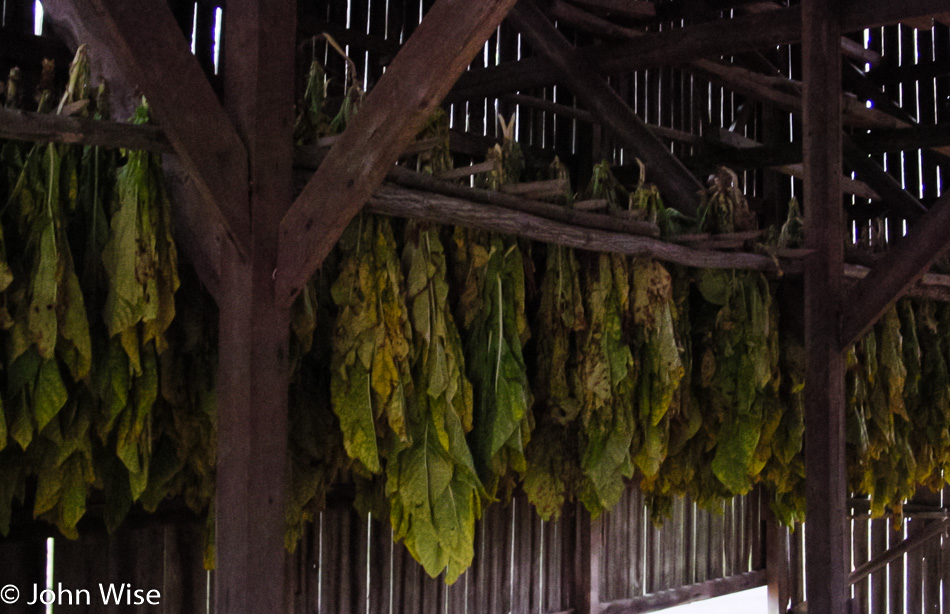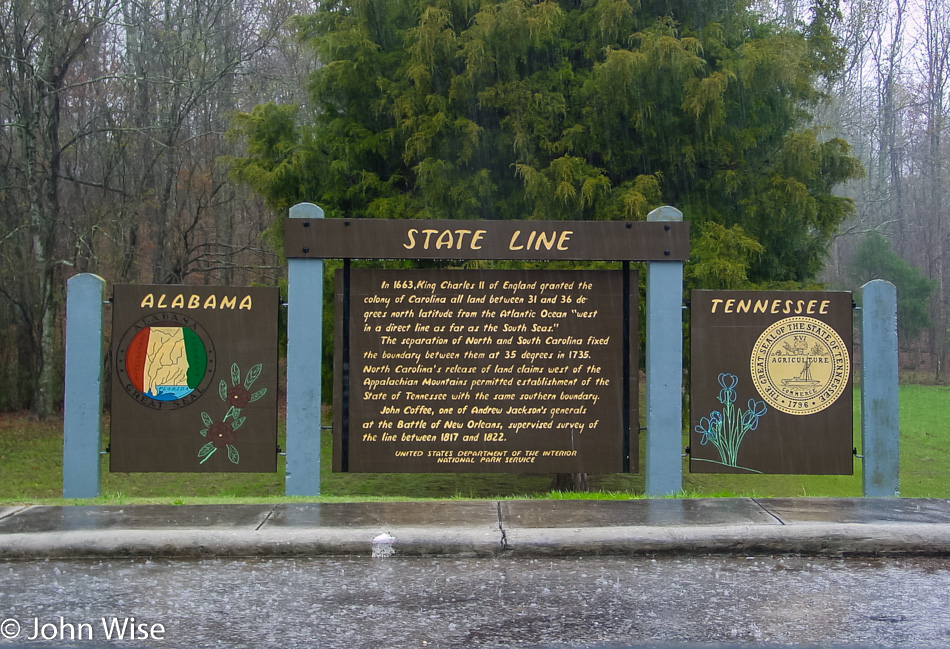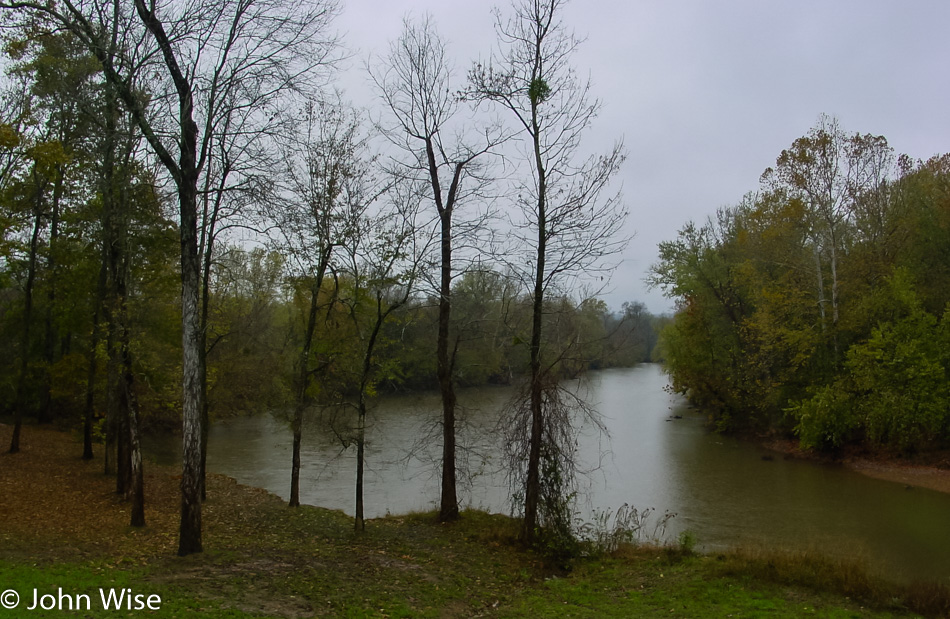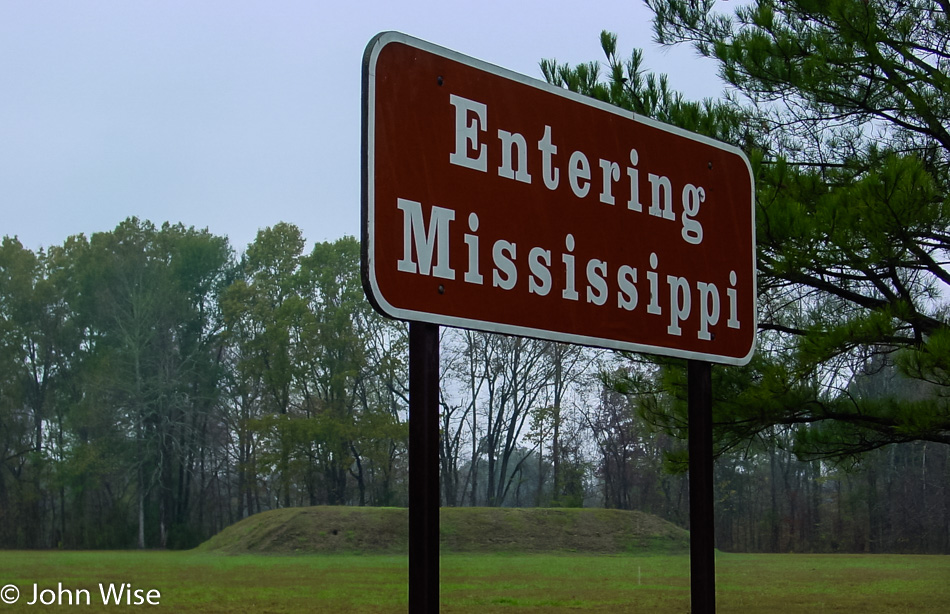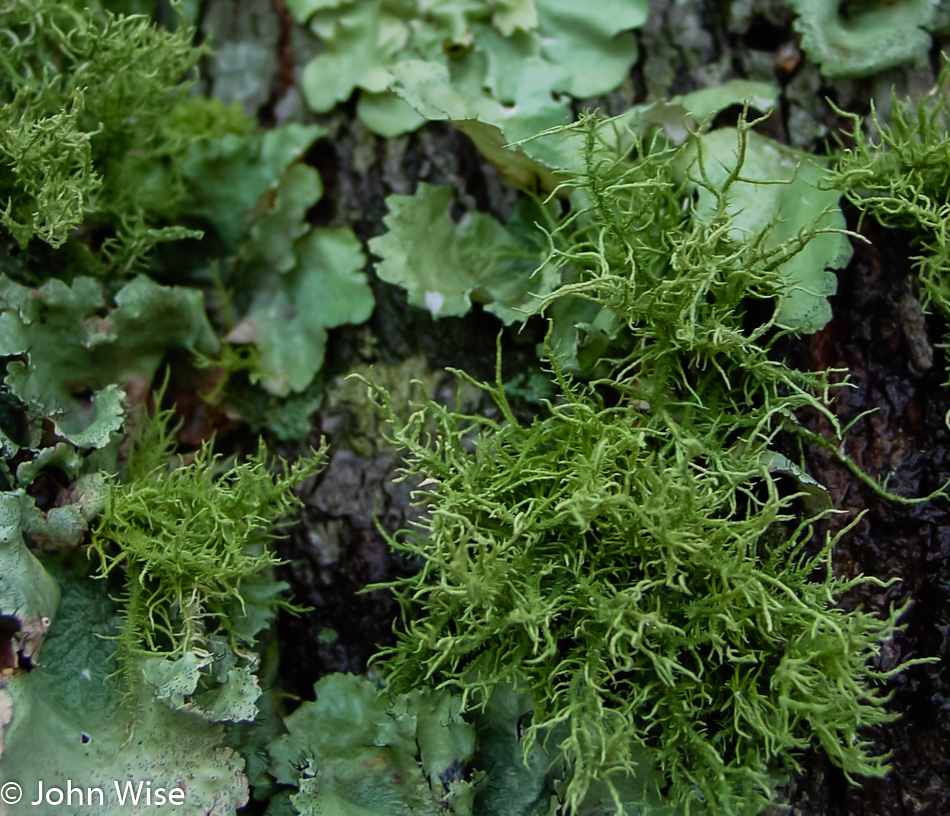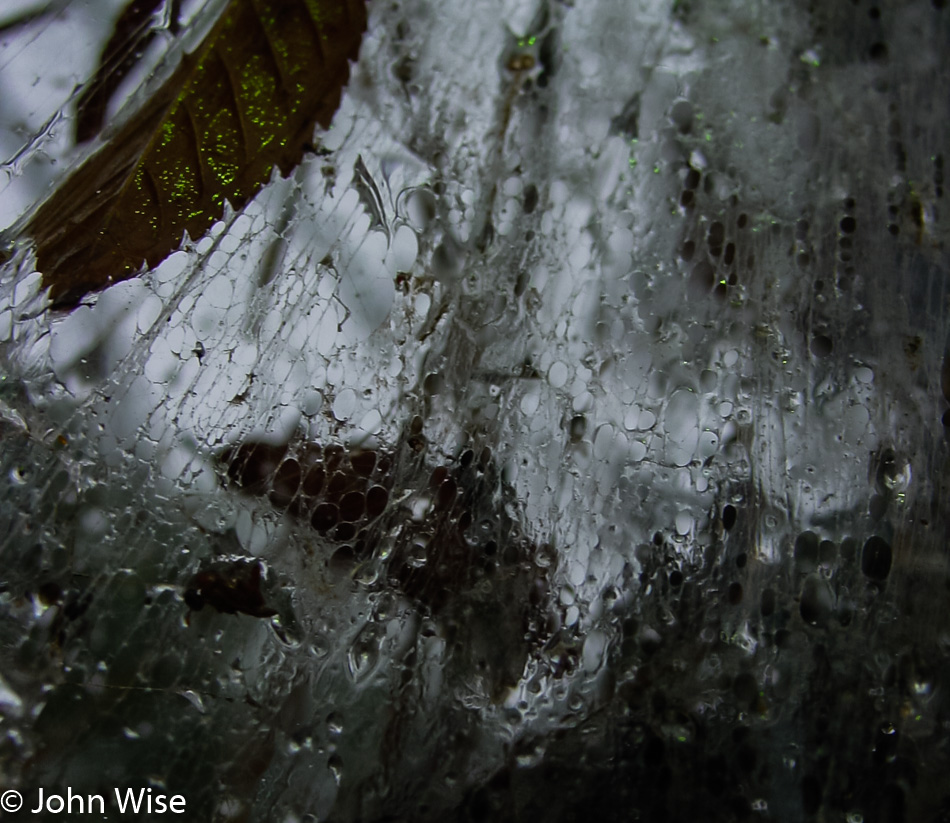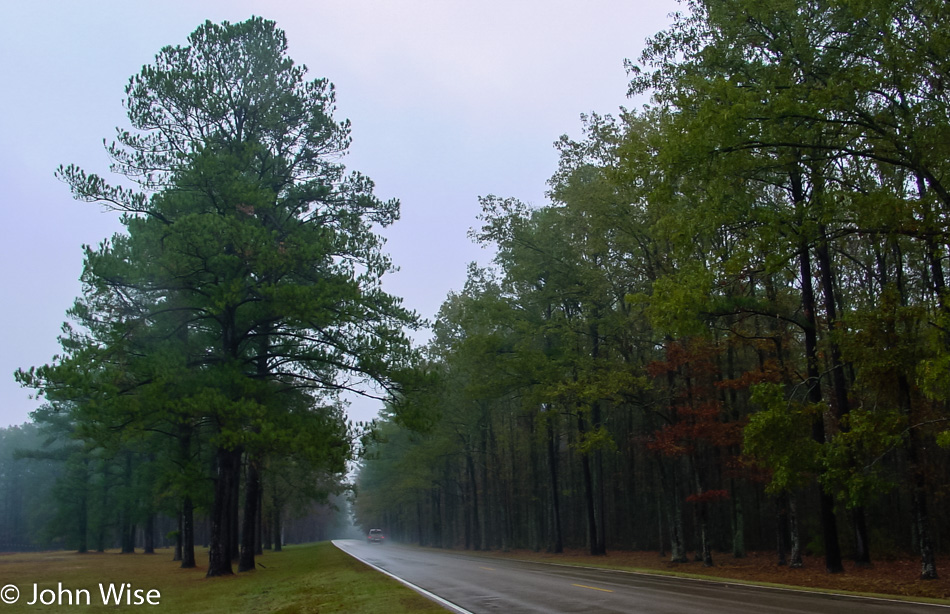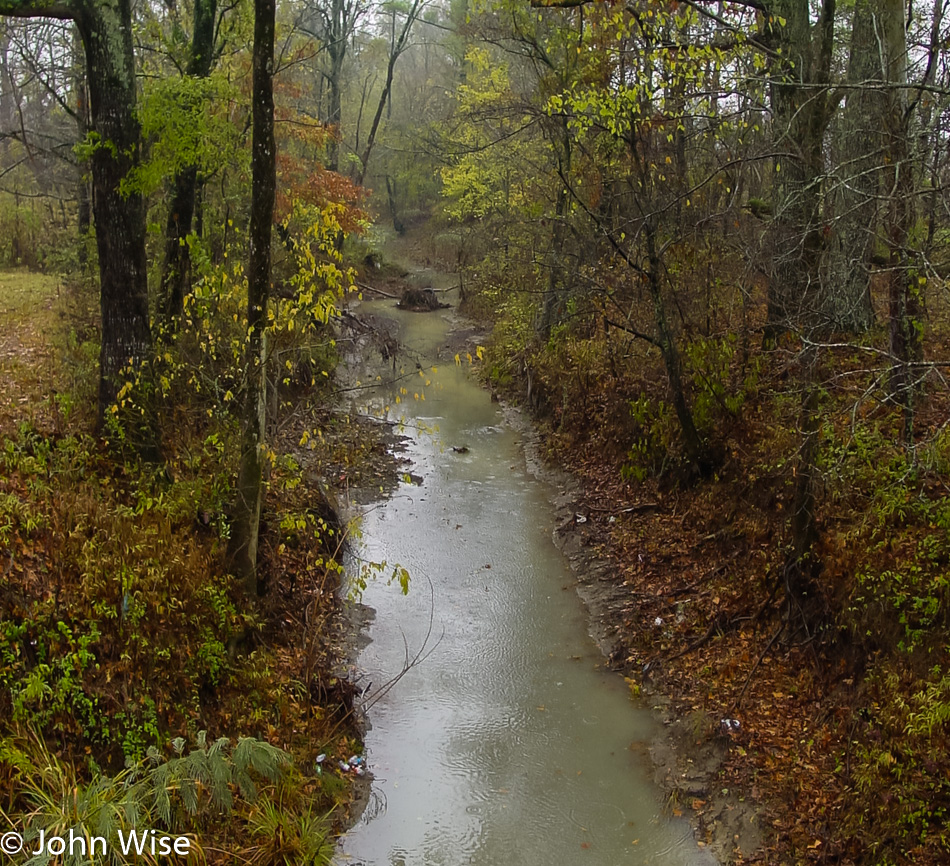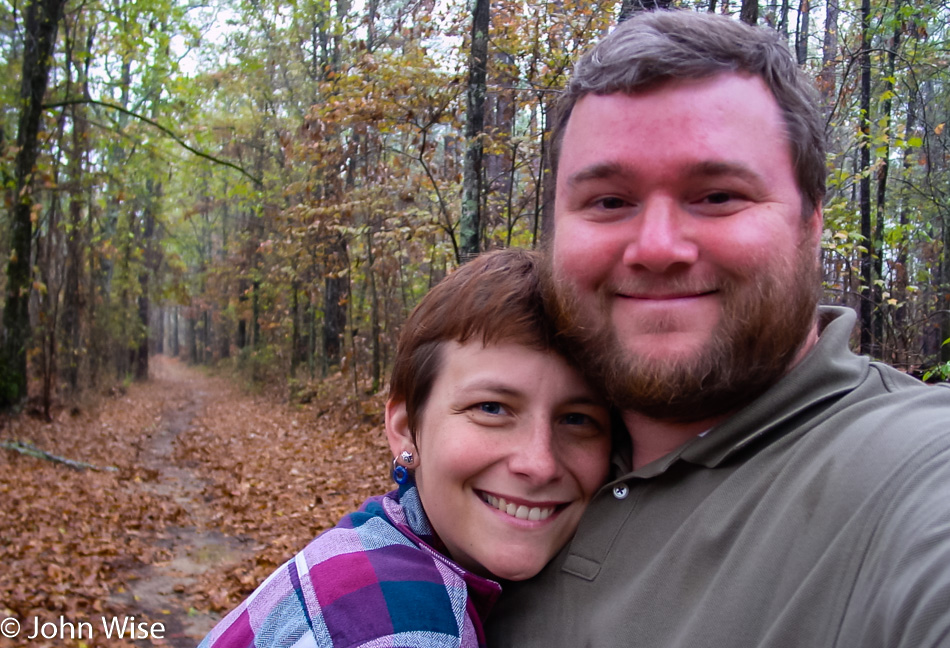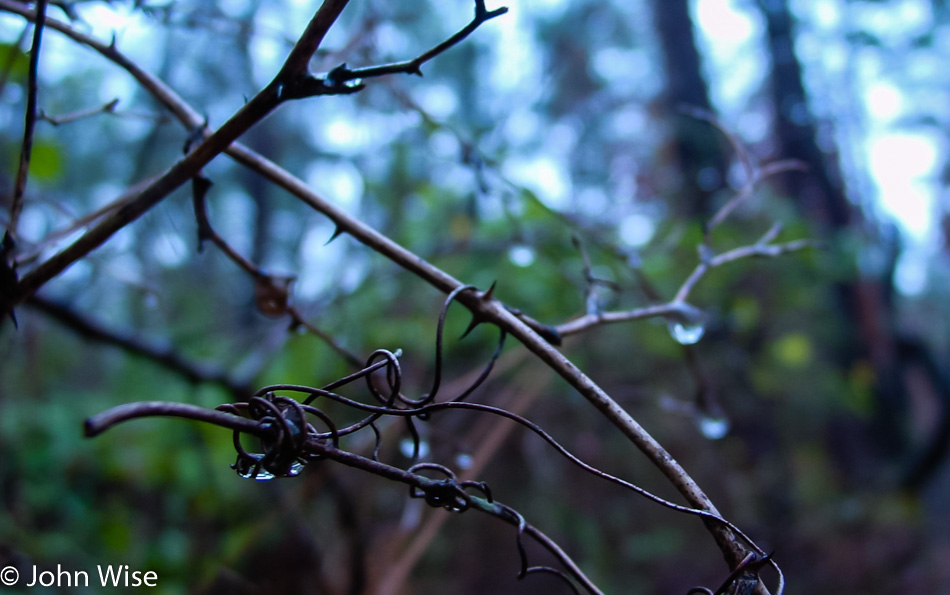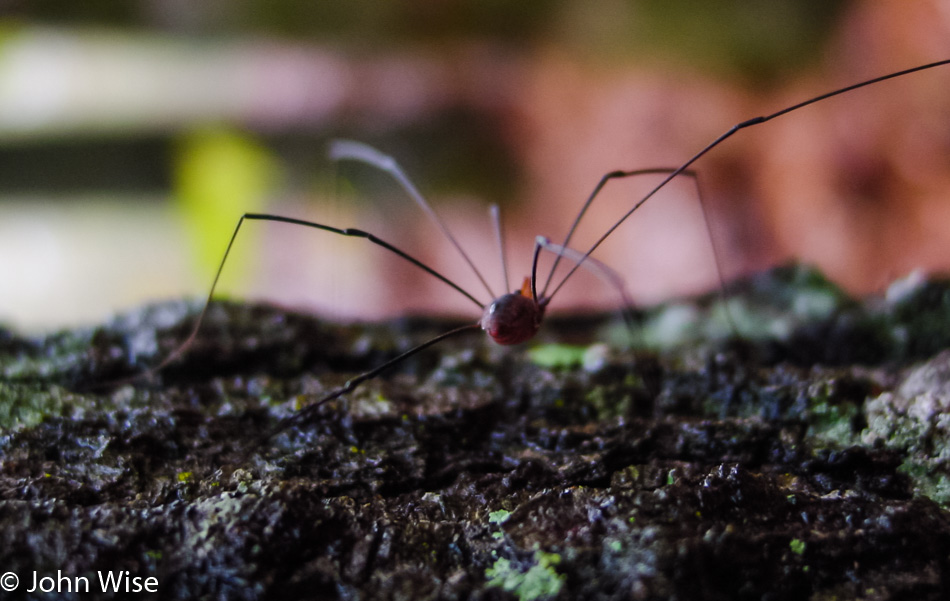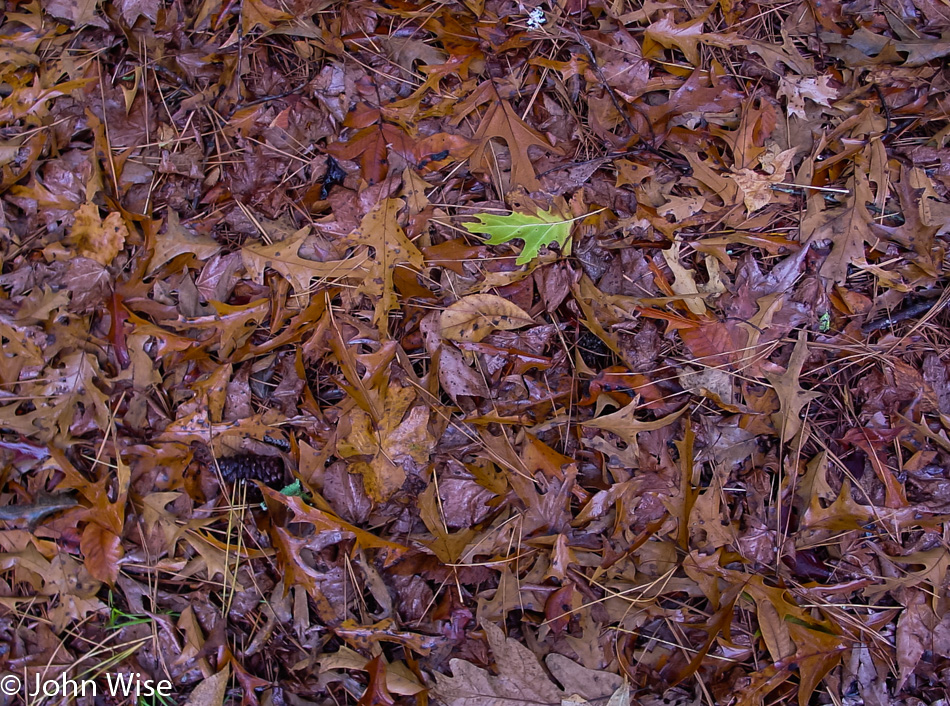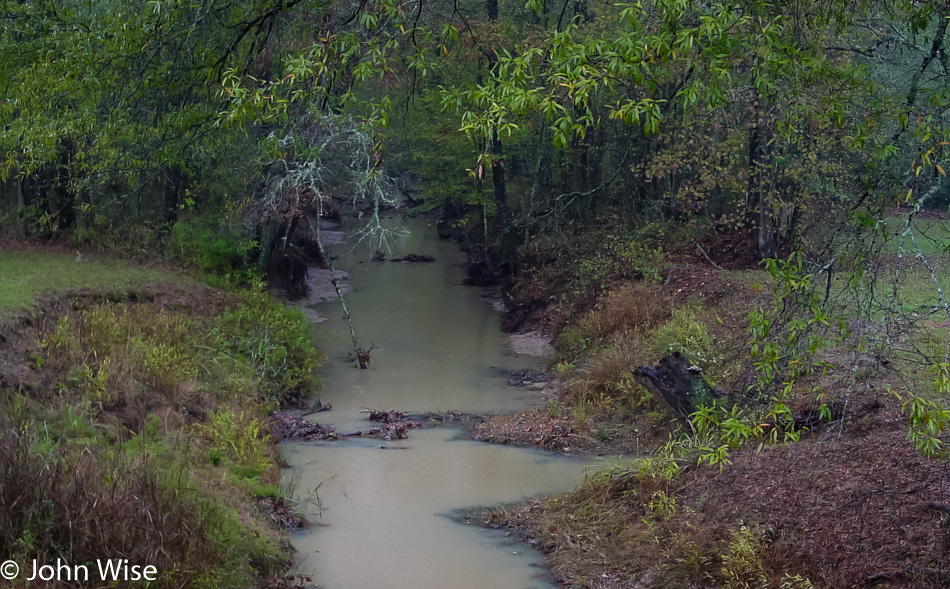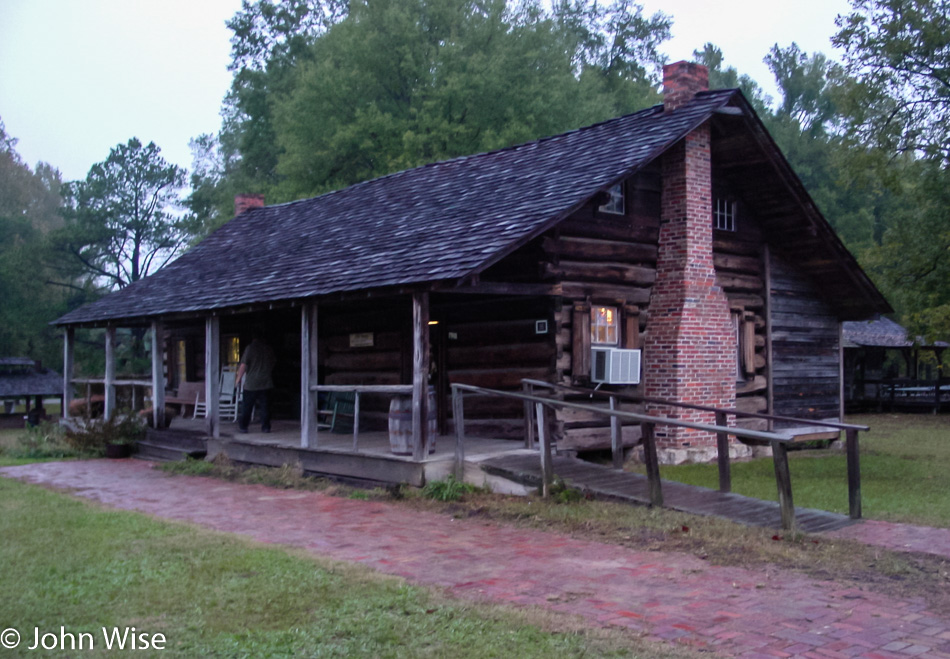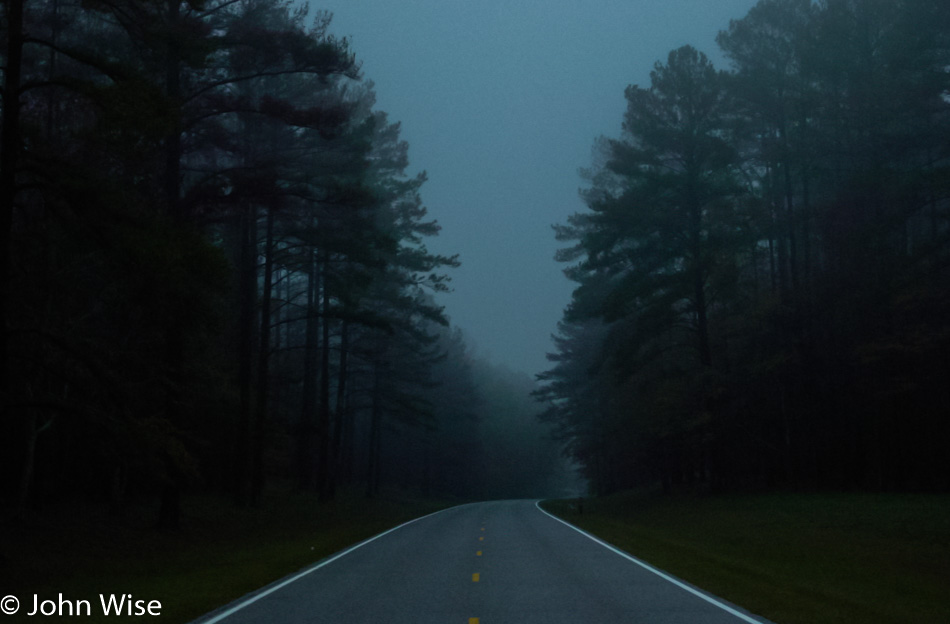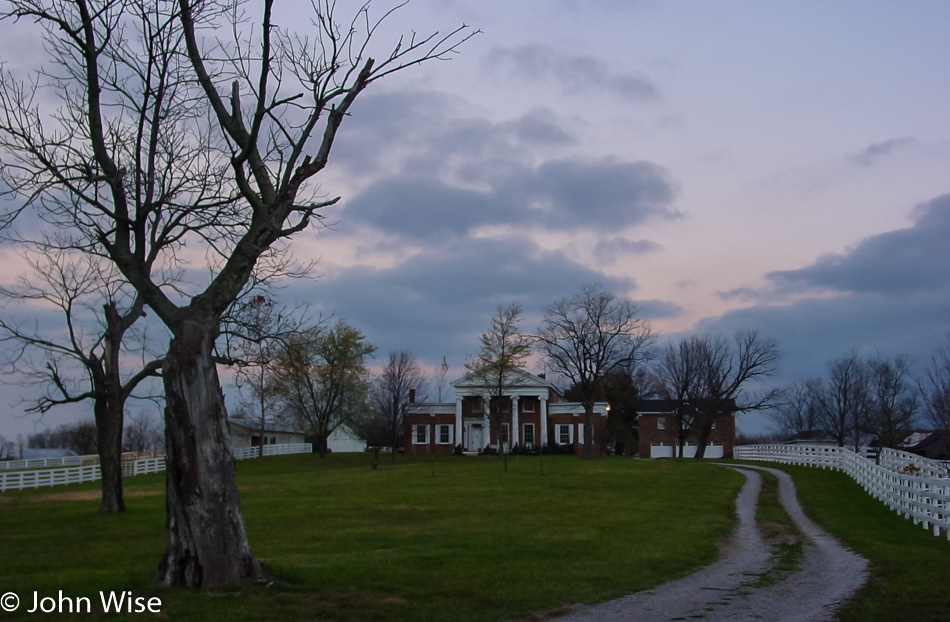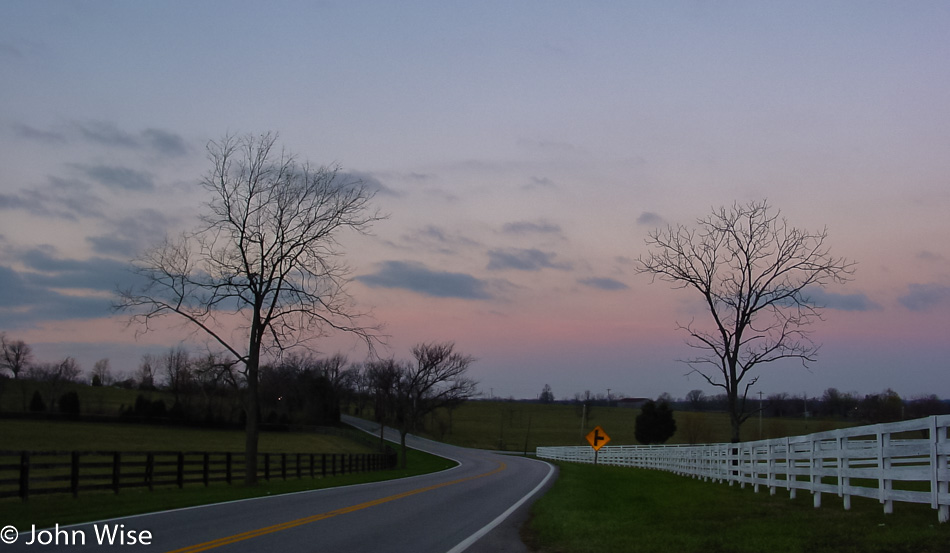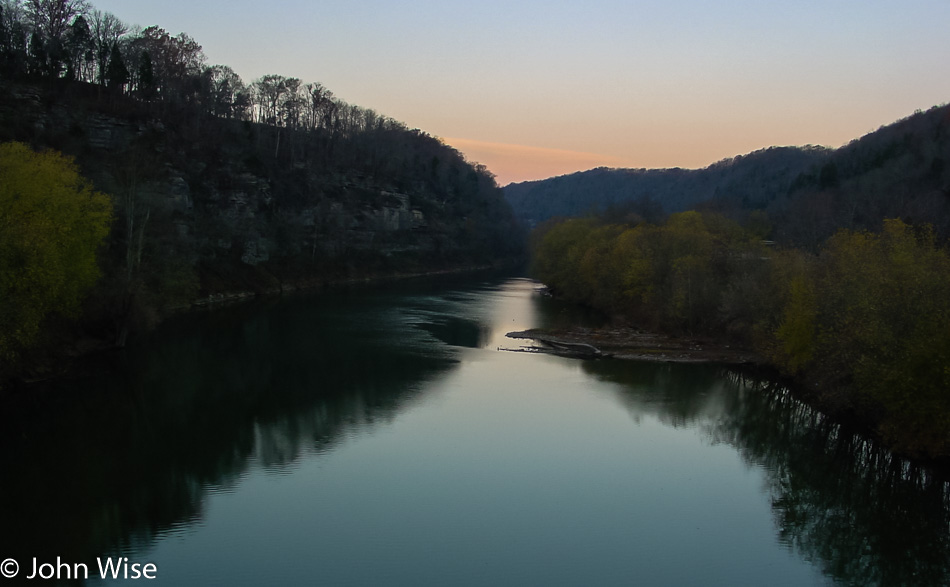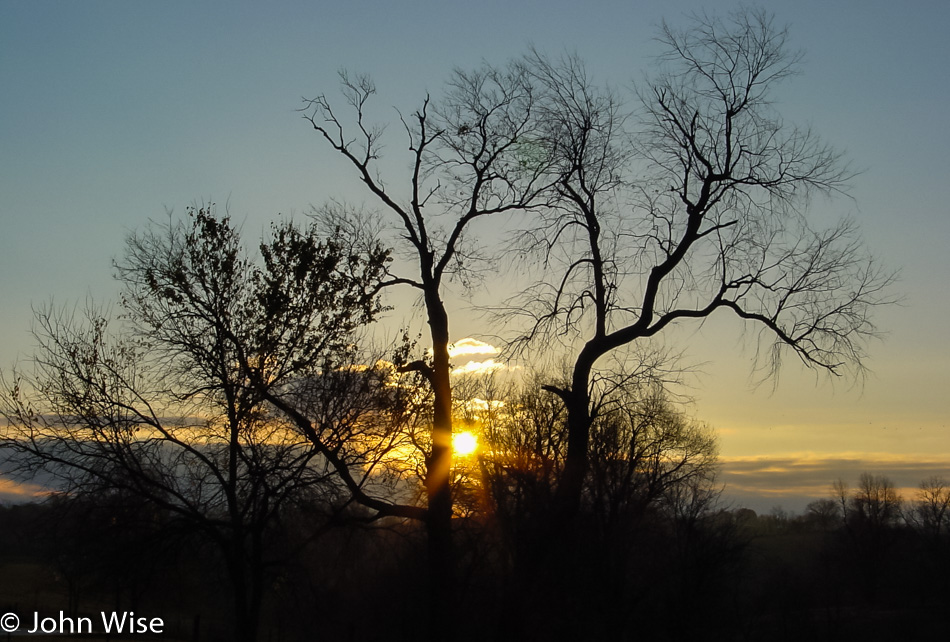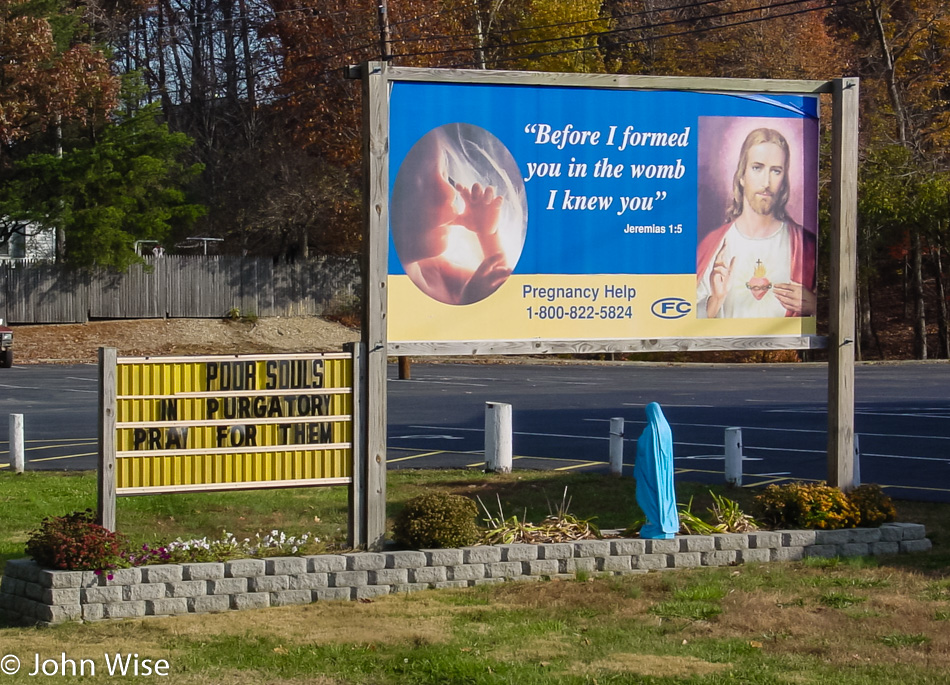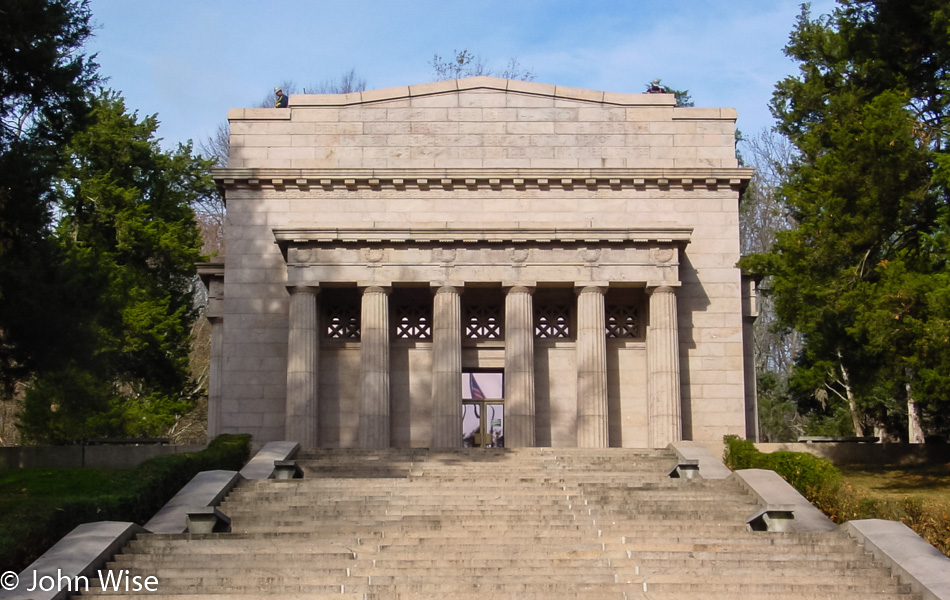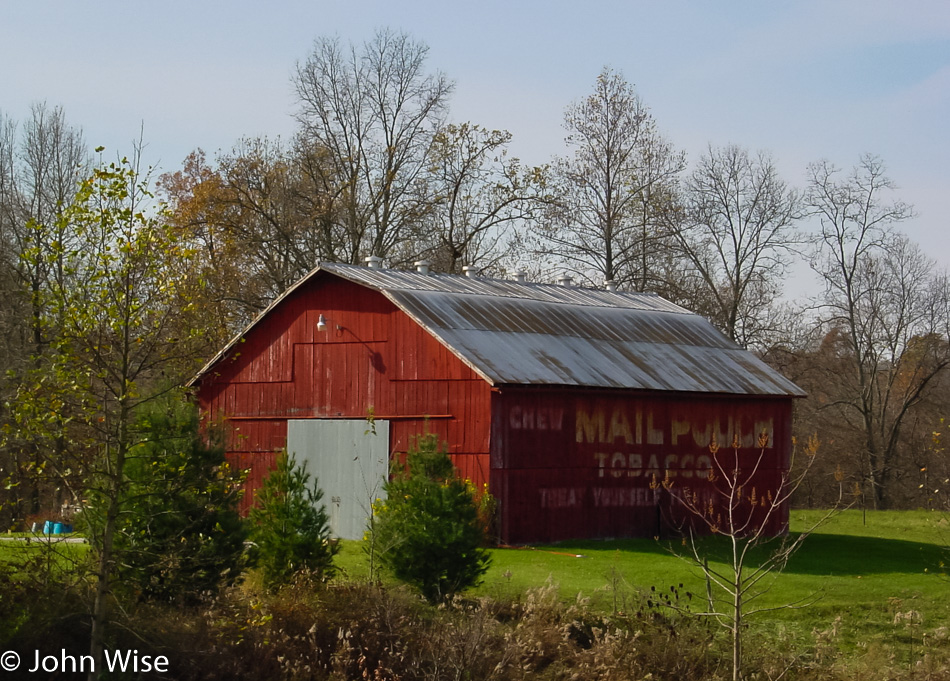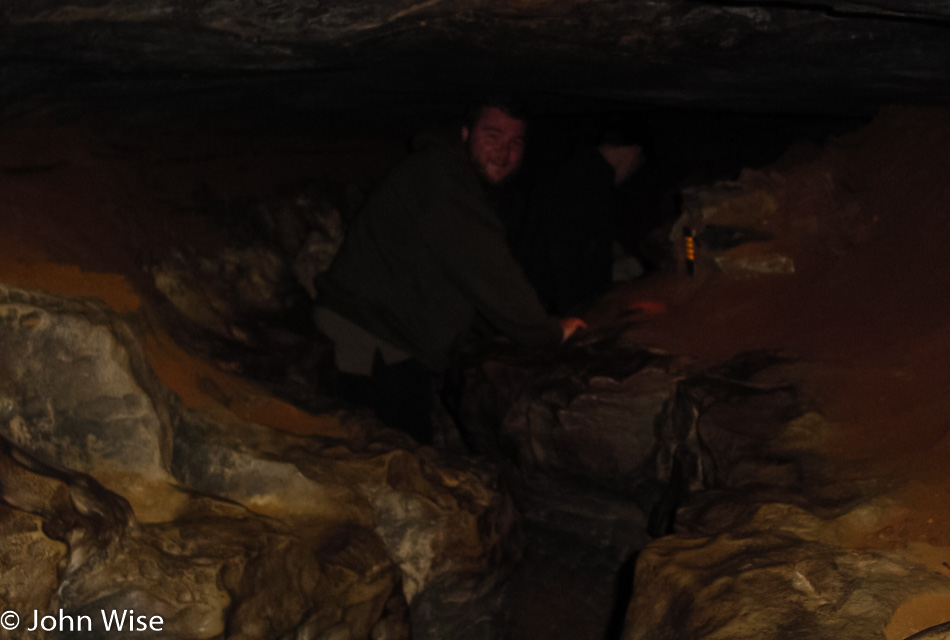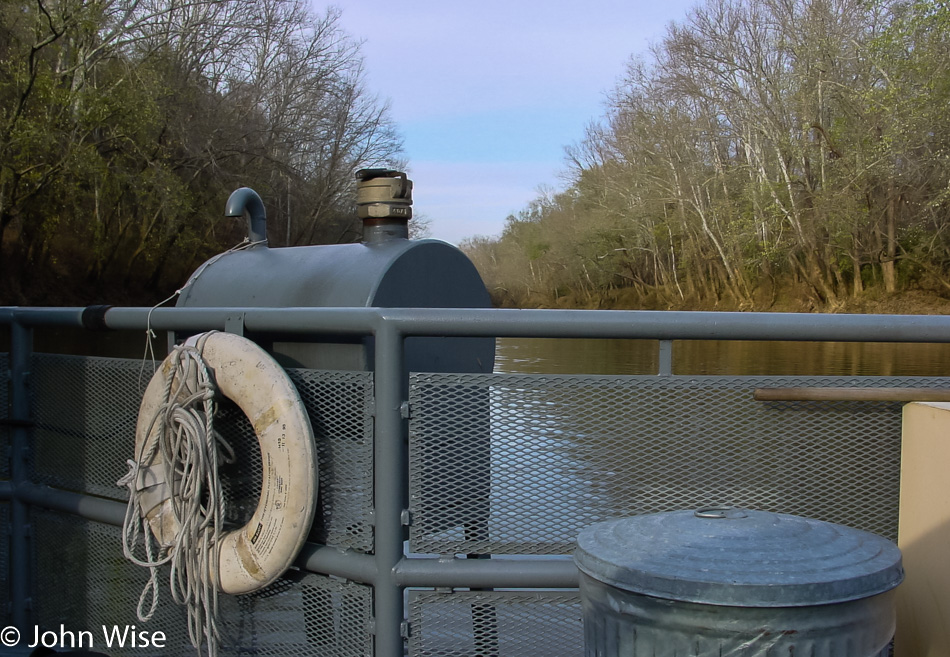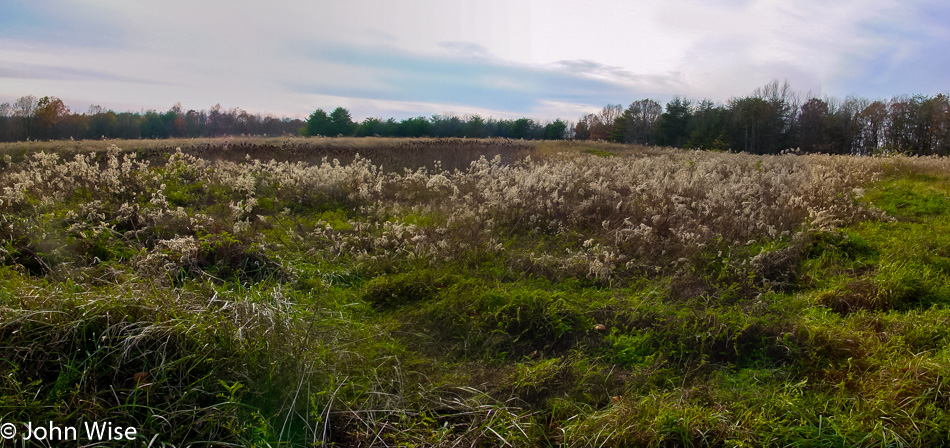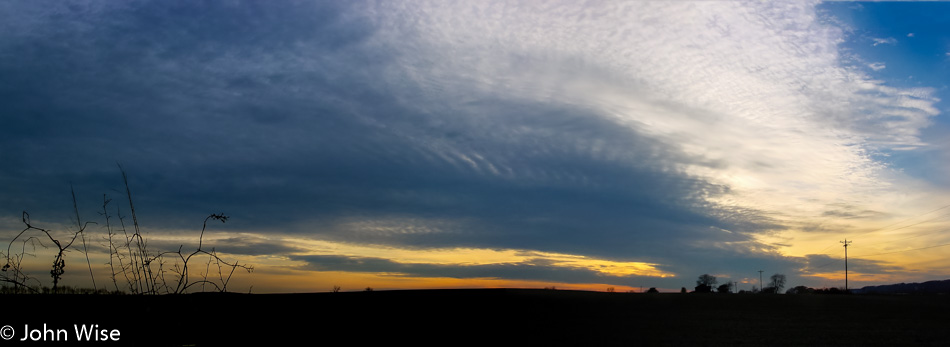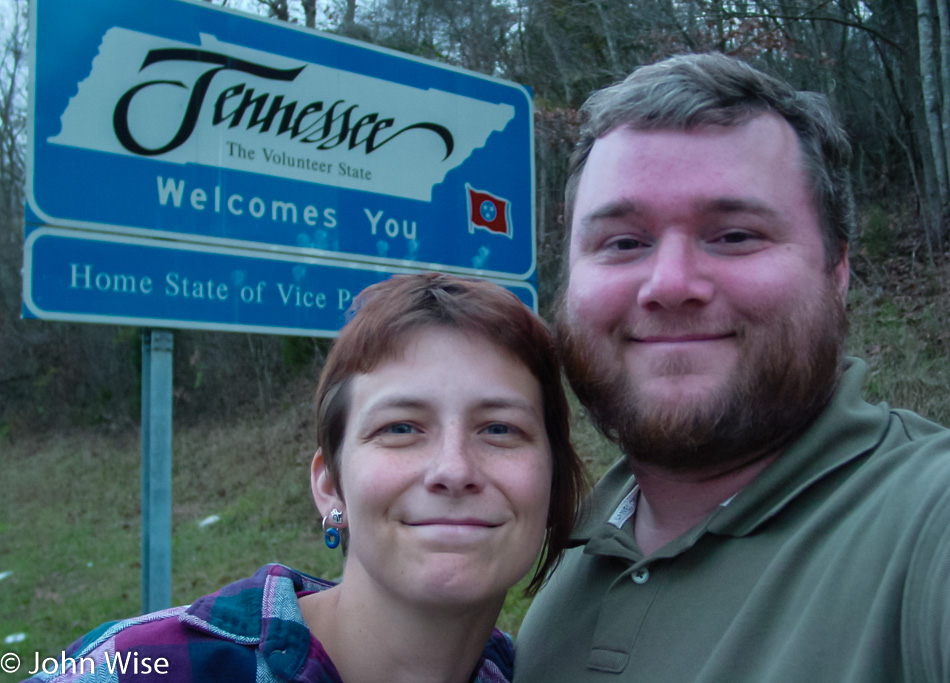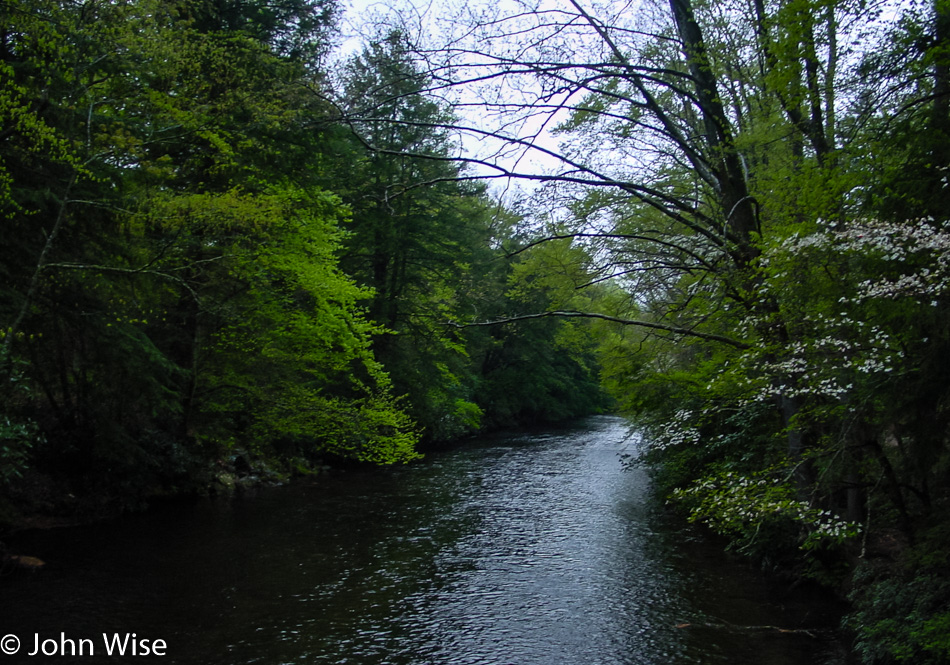
Maybe there should have been a sense of disappointment that we woke to overcast skies, but here in the land of hollows (pronounced holler in the local Appalachian dialect), it feels fitting that a kind of foggy mystery is hugging Earth.
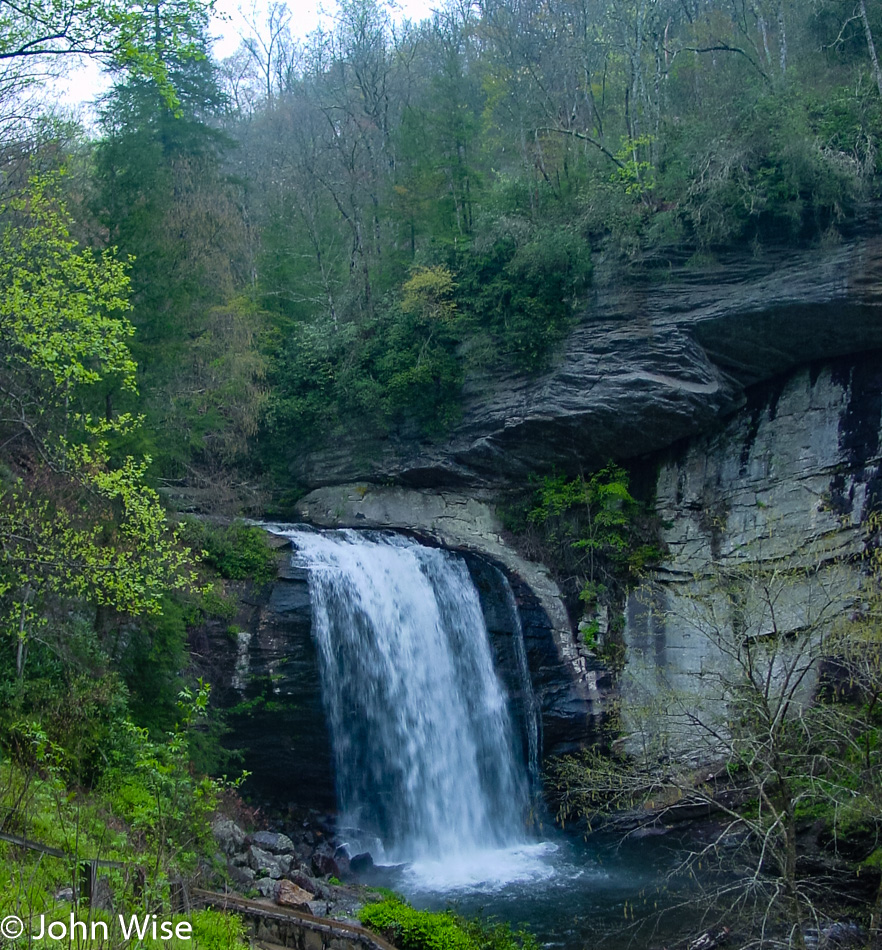
We needed to stop at the Looking Glass Falls on Route 276 on our way to the Blue Ridge Parkway. The upcoming road is one of America’s most iconic thoroughfares. After having driven the Natchez Trace Parkway a few years ago, it was our dream to visit this other major historic road that glides through the countryside, offering visitors a view of this small part of the United States untouched by man and machine or parking lots and commerce. We’ll only see a tiny section of the 469-mile parkway that travels from near the middle of Virginia almost to South Carolina, but even a brief firsthand glimpse of the incredible beauty is better than nothing at all.
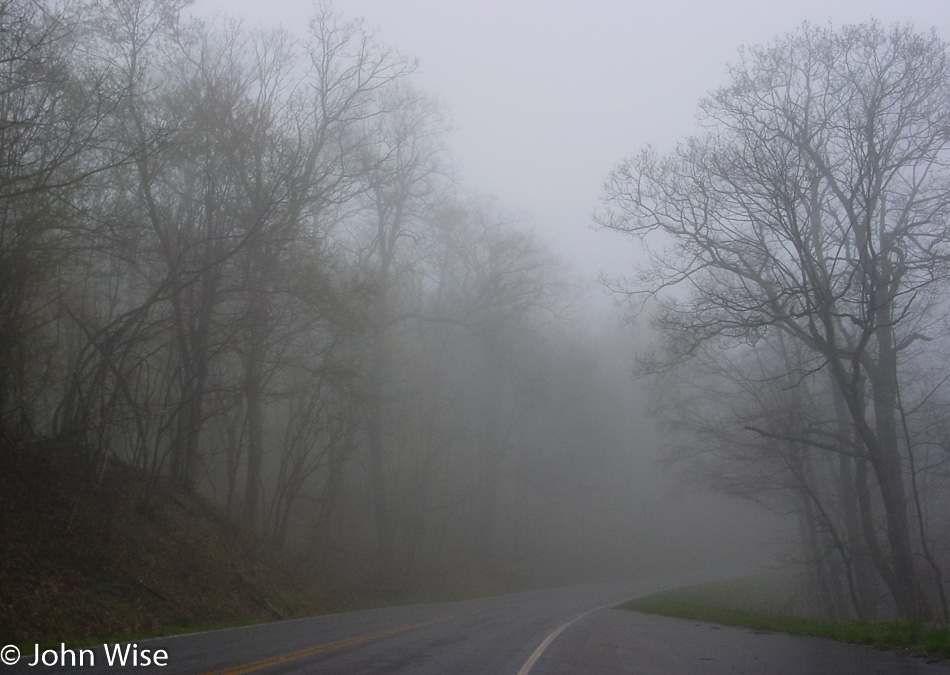
The road ahead cannot be known as it is shrouded in fog and beyond the horizon; if there is one, it remains unknown and incomprehensible. Maybe this sounds ham-handed and as if I’m using heavy poetic license to make something more of what should be obvious, but this is my adventure, and without embellishment, romantic notions might be lost on cold logic. Who needs objective truths when we are talking about flights of fancy, where the imagination is filling the void that lies around the corner?
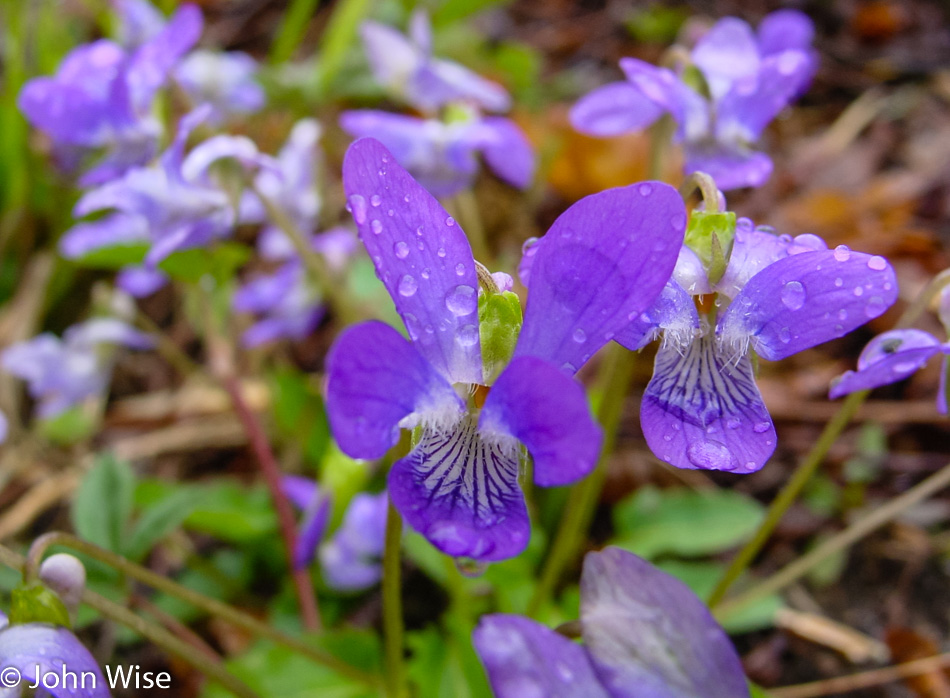
Dewdrops on flowers, now here’s a great setting to help fill in the gaps. Ornamental decorations can add color to the tales being woven out of what some may call ordinary travels, though there is nothing ordinary about stepping into our world. The television, on the other hand, is a poor surrogate for having “taken” someone to an exotic location, as the viewer cannot know the hushed tones and delicate soundtrack of a forest with a stream in the distance or the stillness of a viola just before a drop of water falls from its petal.
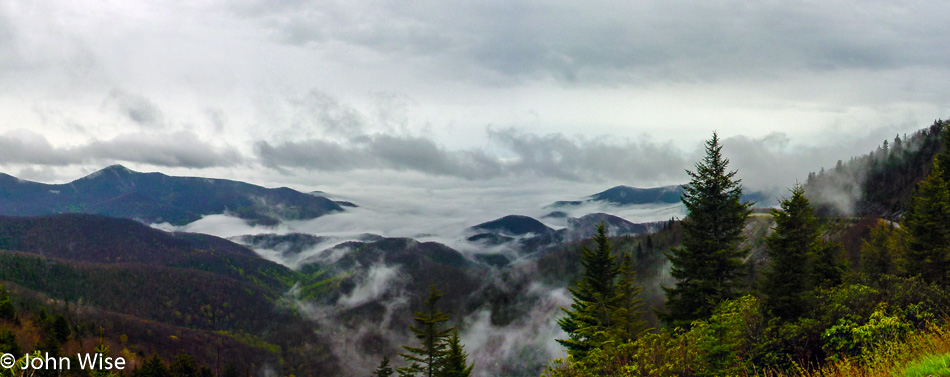
In the mid-1980’s while also in the middle of my existential angst period, I was busy consuming every word of Friedrich Nietzsche, and on the cover of the Penguin edition of Ecce Homo (Behold The Man), I saw the scene above. Now here it is 17 years later, and existential crisis is a distant problem that gave way to an anti-foundationalist Romanticism (idealism for those who’d appreciate not having to look that up), and I’d rather just soak up the beauty than consider the hopeless masses of humanity who will never be able to appreciate these moments where aesthetics, scientific phenomenon, history, nature, and poetry meet at the mountain top of our intellects to produce emotional sacrifices on the altar of life. The photo was taken at the Wolf Mountain Overlook.
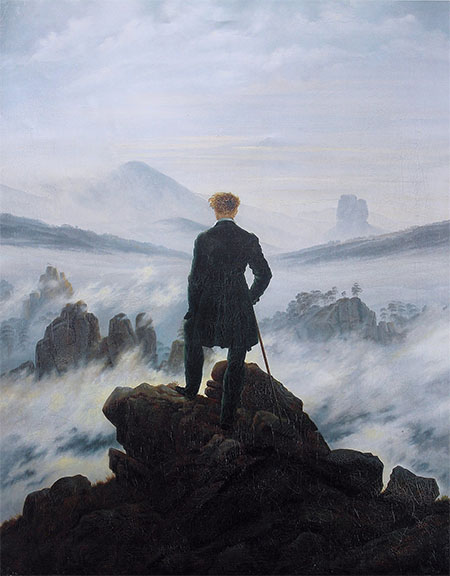
This scene titled Wanderer Above The Sea of Fog by Caspar David Friedrich from about 1818 was the cover that graced Ecce Homo. Courtesy Wikipedia.
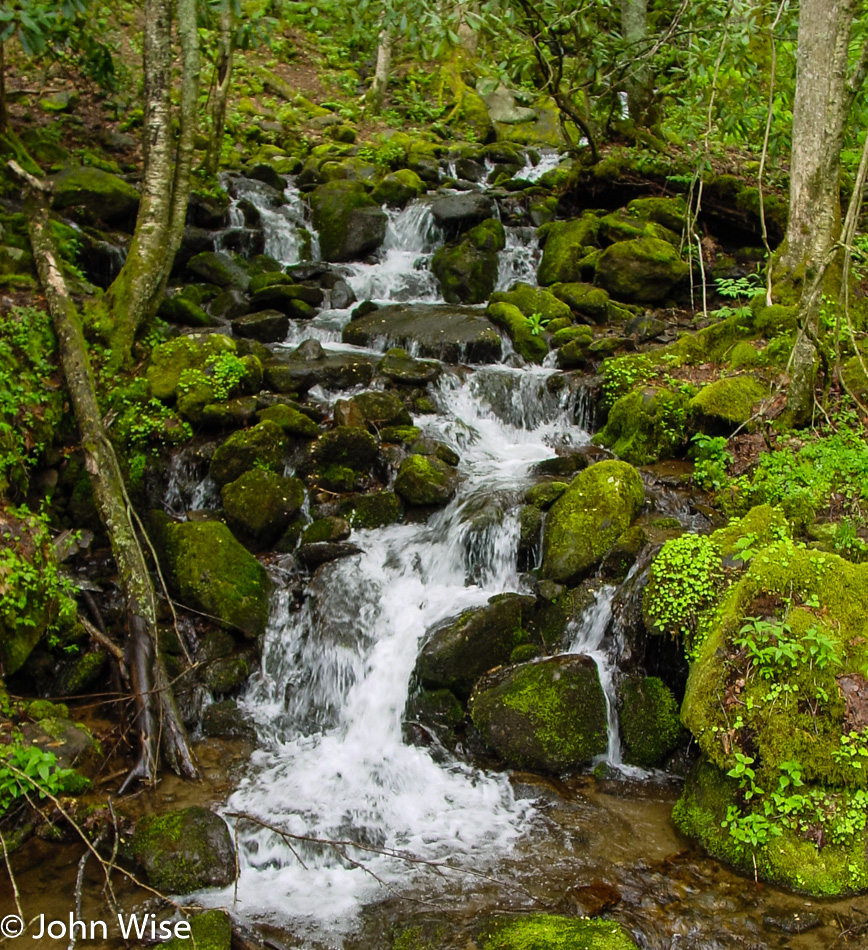
The arteries of life crisscross this landscape and all I can see are trees and streams. My eyes are blind to the microbial world, and even with what I can see, such as the mosses and leaves, I cannot identify precisely what they are. Why is this information about our natural world seemingly so unimportant to us humans? It’s not enough that the scene is beautiful; we owe it to our short lives to understand and know the earth we live upon and within.
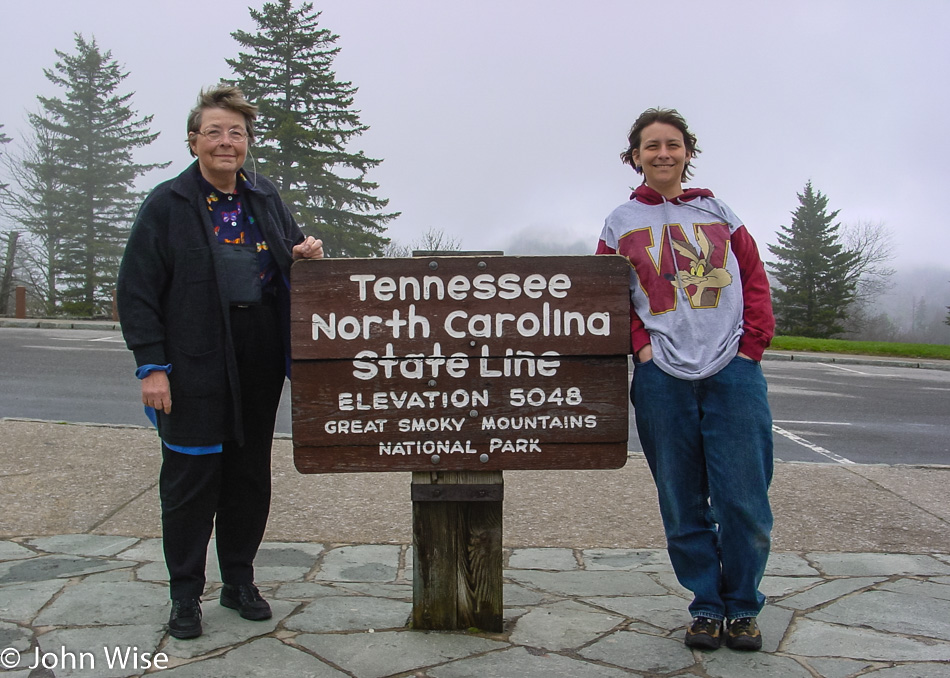
Being this close to another National Park, there was no way Caroline and I wouldn’t take the time to peek in.
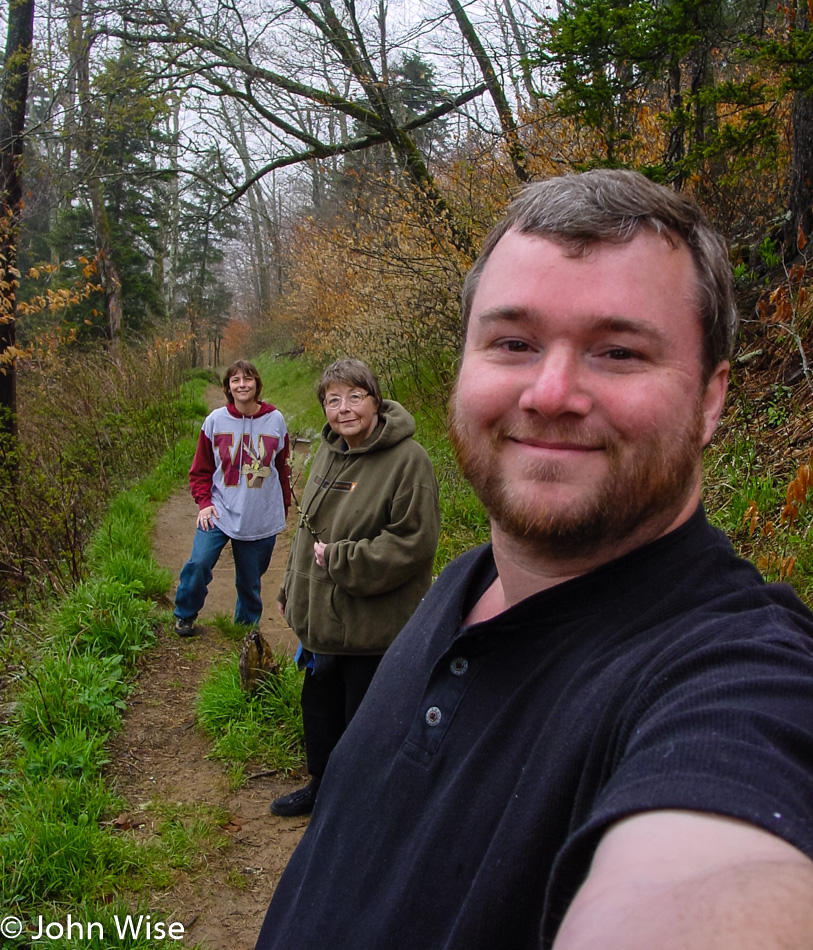
I suppose that trying to brag that we’ve been on the Appalachian Trail would be nothing less than disingenuous, even though we are standing on that very famous trail. The fact of the matter is that we are right next to a parking lot where the A.T. crosses the road, and so we’ve “hiked” about 100 feet of the 2,180 miles of the trail. For the math nerds out there, we’ve covered about 0.000008% of the A.T. and only have 99.999992% more of the trail to hike.
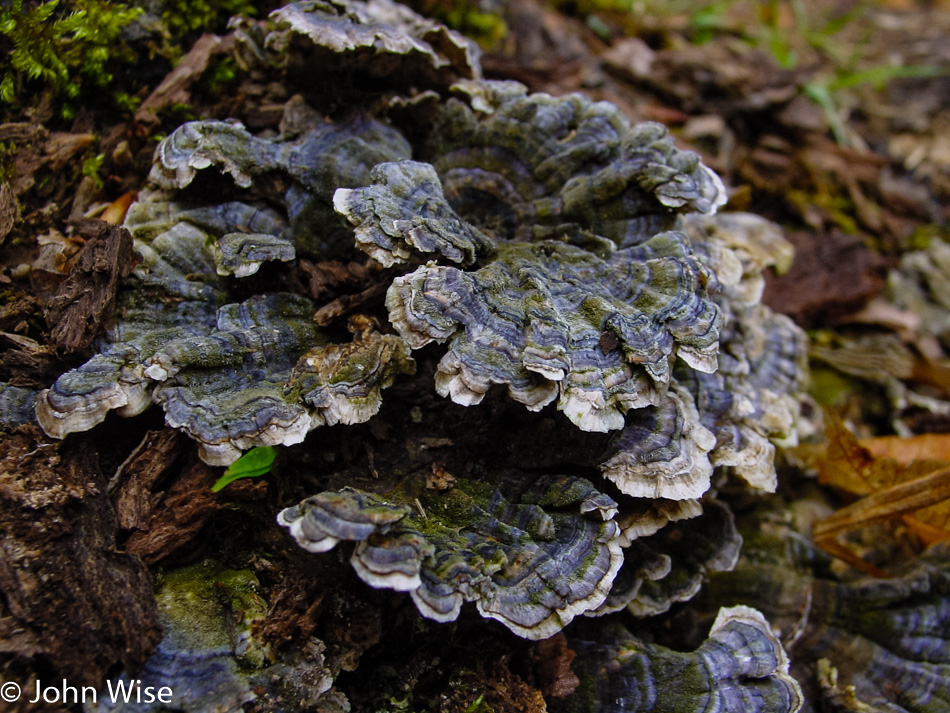
Uncertainty is never fun, and so while I think these are maitake or hen-of-the-woods mushrooms I wouldn’t bet money on it or cook some up and gobble them down to find out.
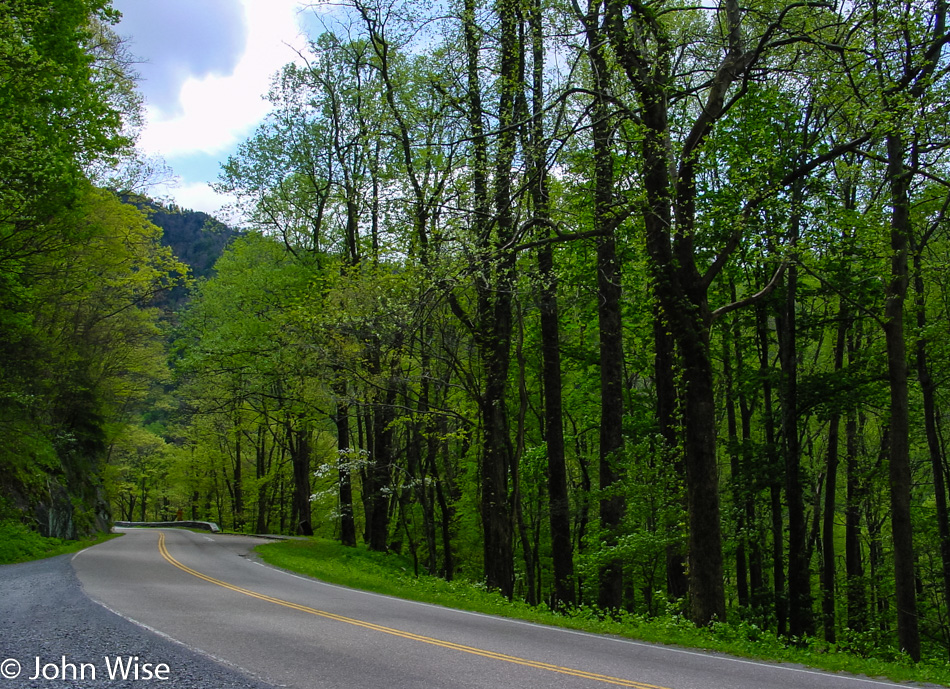
Ah, yes, that is blue sky beyond the trees.
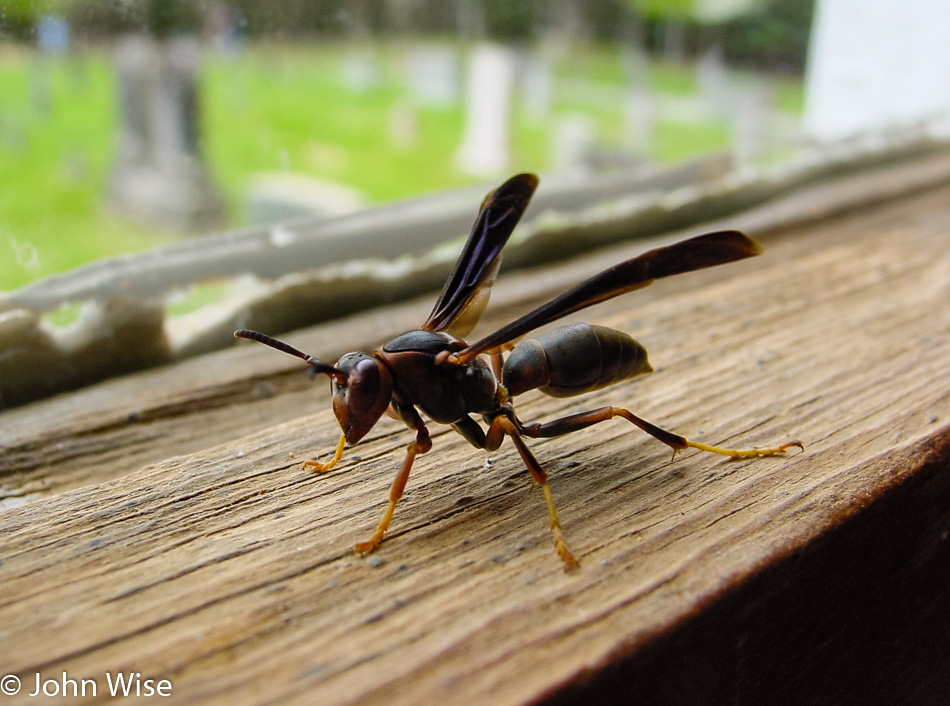
Wow, a hornet up close and personal. I’ve been told that these flying demons are aggressive beasts, but being only inches away from it, I’ll bet I was more nervous than it was. While it may pack a wallop of a sting, it also packs a wallop of evolutionary efficiency in its design as it looks to be a perfect form considering its life among the rest of us living things.
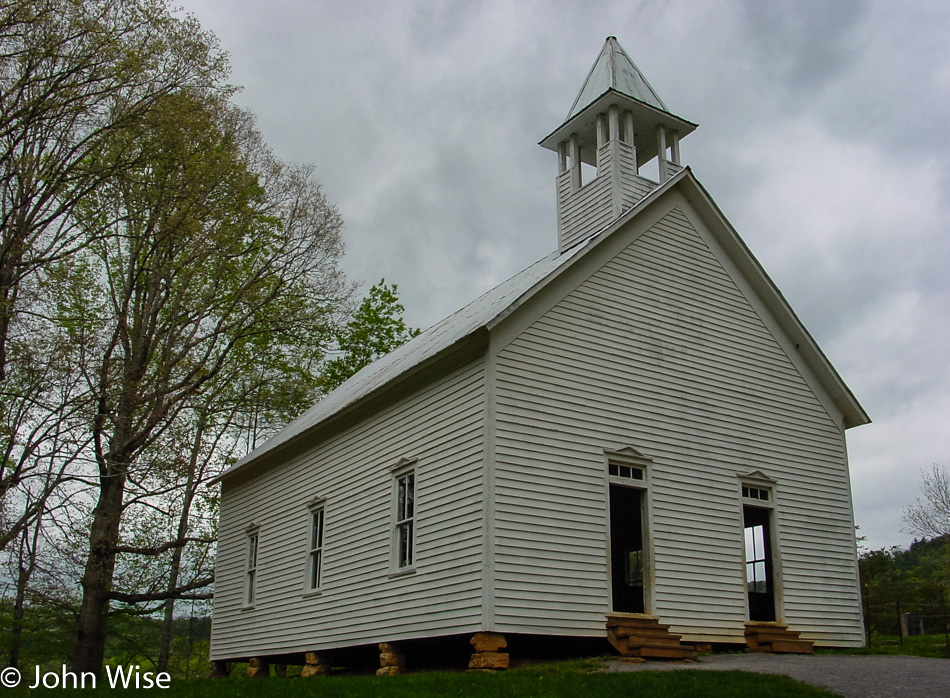
While the hornet is free from rent, obligation to pay taxes, or barter its time for food, we humans, on the other hand, are often bound to conformity. This march to social conditioning often starts here in the church, and while some may argue that it is a foundation of our ethics, I believe we are naturally moral beings and that the church does much harm to propagate complacency in ignorance by reinforcing our laziness to challenge authority. Someday, I believe all churches will be relics of another age, just as caves and pyramids are reflections of an earlier primitive self.
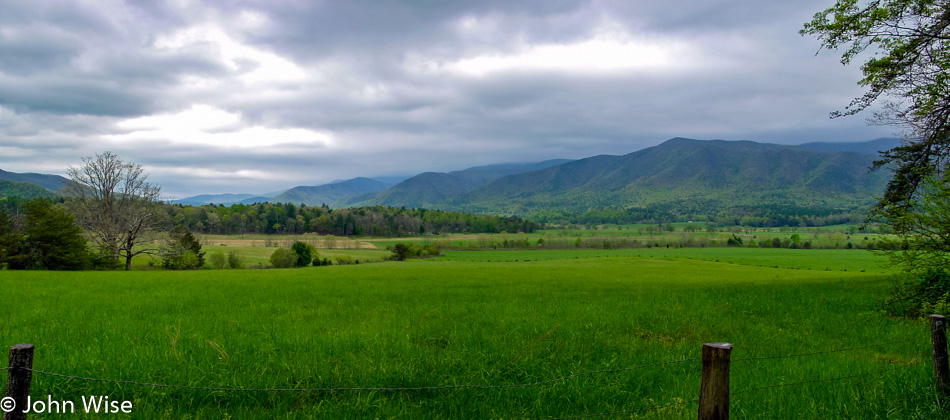
Philosophy, art, ethics, nature, history, conflict, and harmony do, in fact, travel with me on vacation as I’m not able to escape myself. The composite of who I am is what helps form how I see the landscape and subsequently try to capture these images that will hopefully bring me back to a moment of inspiration. From this scene, I want to imagine being an observer here about 600 years ago, before the Native American population first encountered Europeans. What was it like to walk free, find, capture, or harvest food, explore without permission the surroundings, or layabout in the valley and watch skies above travel overhead to places unknown?
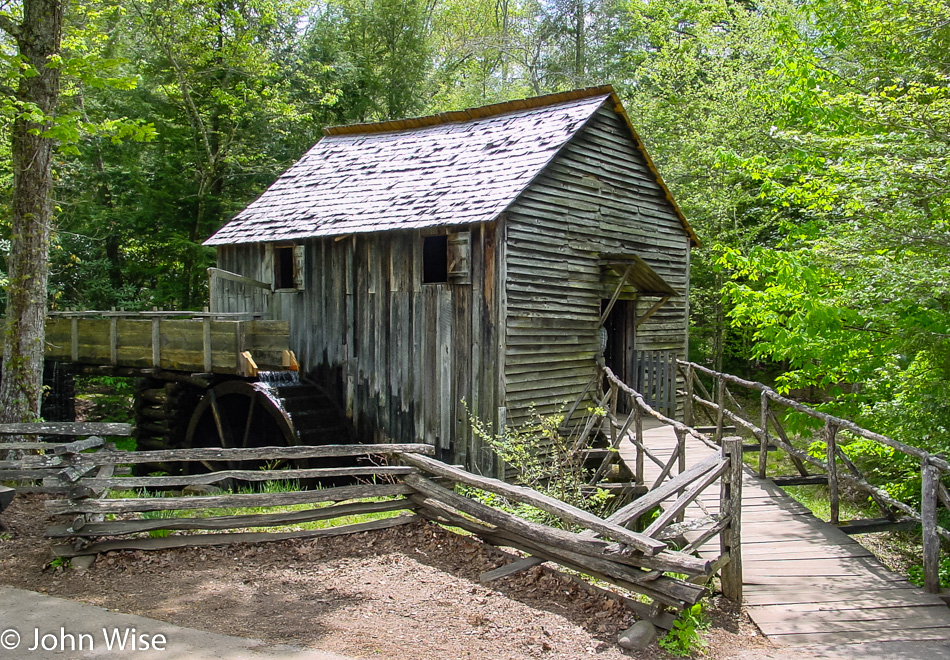
It’s beautiful here in the Great Smoky Mountains National Park, but like so many other first-time encounters with our national parks, this one was too brief.
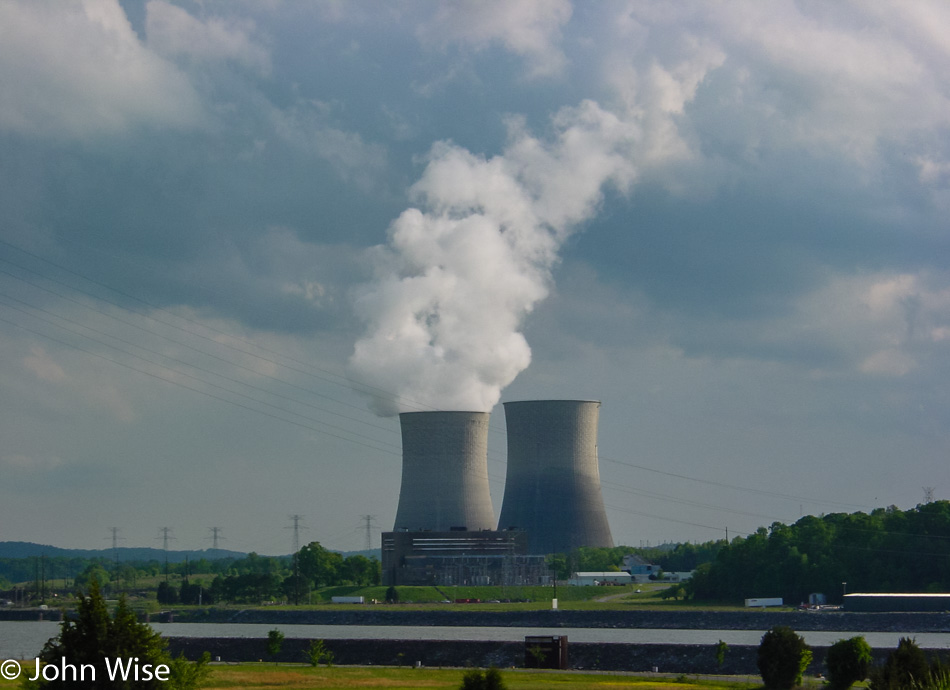
Seeing the Watts Bar Nuclear Plant on our way eastward was a conflicting sight as I’m at once fascinated by the technology and convenience while simultaneously uncertain about the waste issue. Of course, coal is not a viable answer either, nor the dam that has backed up these waters to destroy a healthy river system. Seems to me that only leaves, wind, and solar, which come to think about it, are two of the elements that, in their natural state, contribute to these trips being extraordinary.
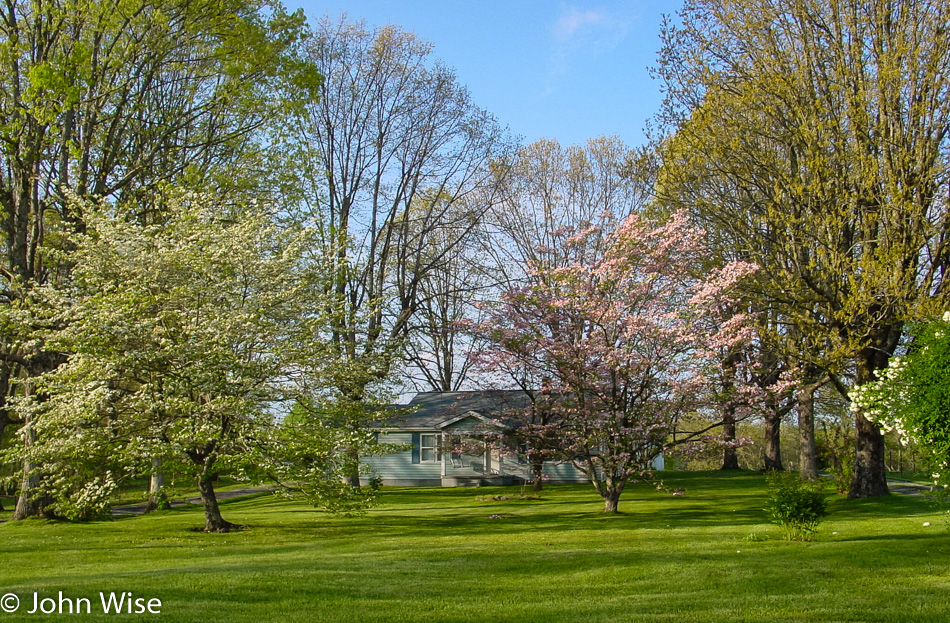
The trees are on their way to full summer bloom here in mid-spring. I’d like to return in two months to see the trees with their leaves filled out and the little house and yard covered in shade. It’s pretty out here in Tennessee where nature doesn’t portray a poor education or hostility towards others, just an indifference to being here regardless if I am or not.
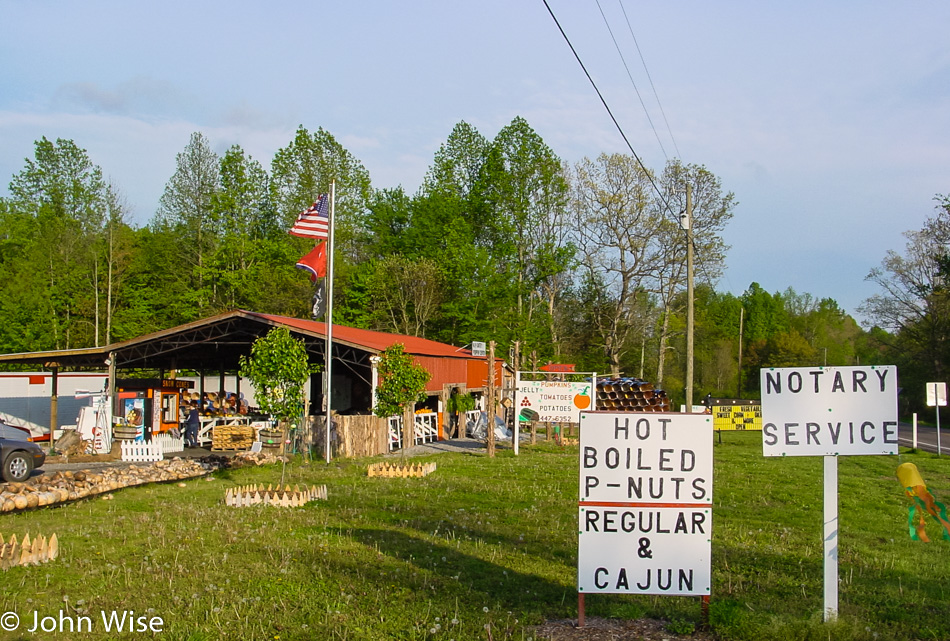
Seems that even many locals disdain boiled peanuts but Caroline and I sure enjoy them. They taste a bit like lentils. Being on vacation, we weren’t in much need of anything being notarized, so we weren’t able to take advantage of that while picking up another road snack. By the way, you won’t find boiled peanuts west of the Mississippi or much further north than Virginia.

Like boiled peanuts, this isn’t something we see every day: gourds. While popular as containers, musical instruments, birdhouses, and other crafty things, I can’t imagine why anybody driving by would be inclined to impulse buy gourds. Maybe this is the regional distribution point of dried gourds, and my ignorance of the area doesn’t let me know the important role they play in Tennessee culture.
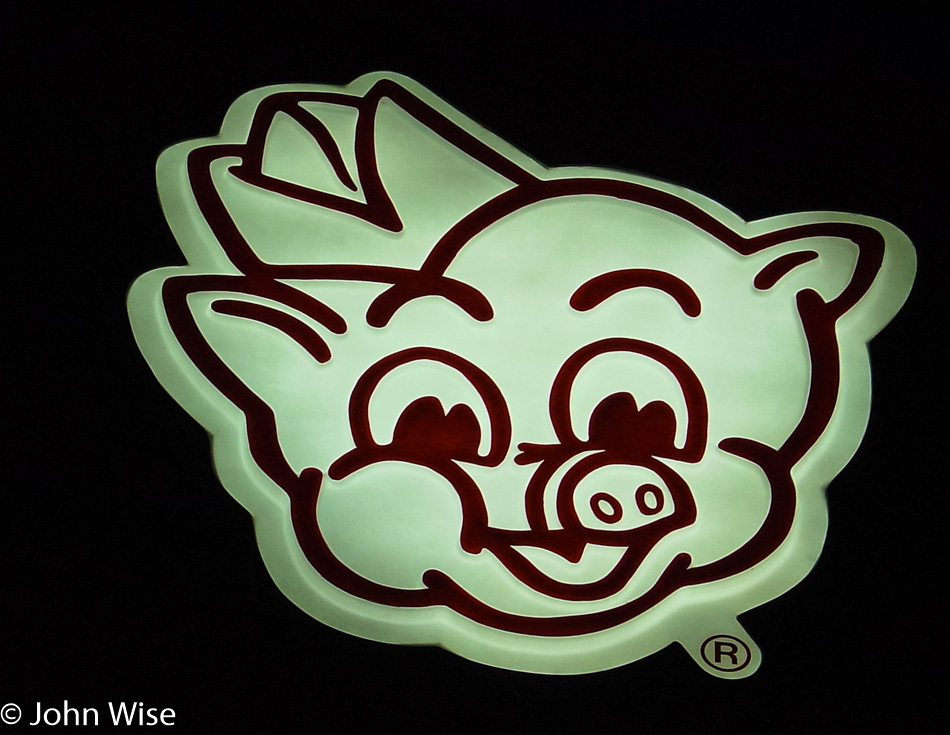
Why a pig? Because this company called Piggly Wiggly changed the world of grocery shopping back in 1916. Prior to this chain of stores that got its start in Memphis, Tennessee, people would give a clerk a list of what they wanted and that person would fill their order. What changed was that Piggly Wiggly’s founder gave customers open shelves and a cart to collect their groceries themselves, and with that, the modern grocery store was born. You can learn a lot about America just by driving across its breadth.
